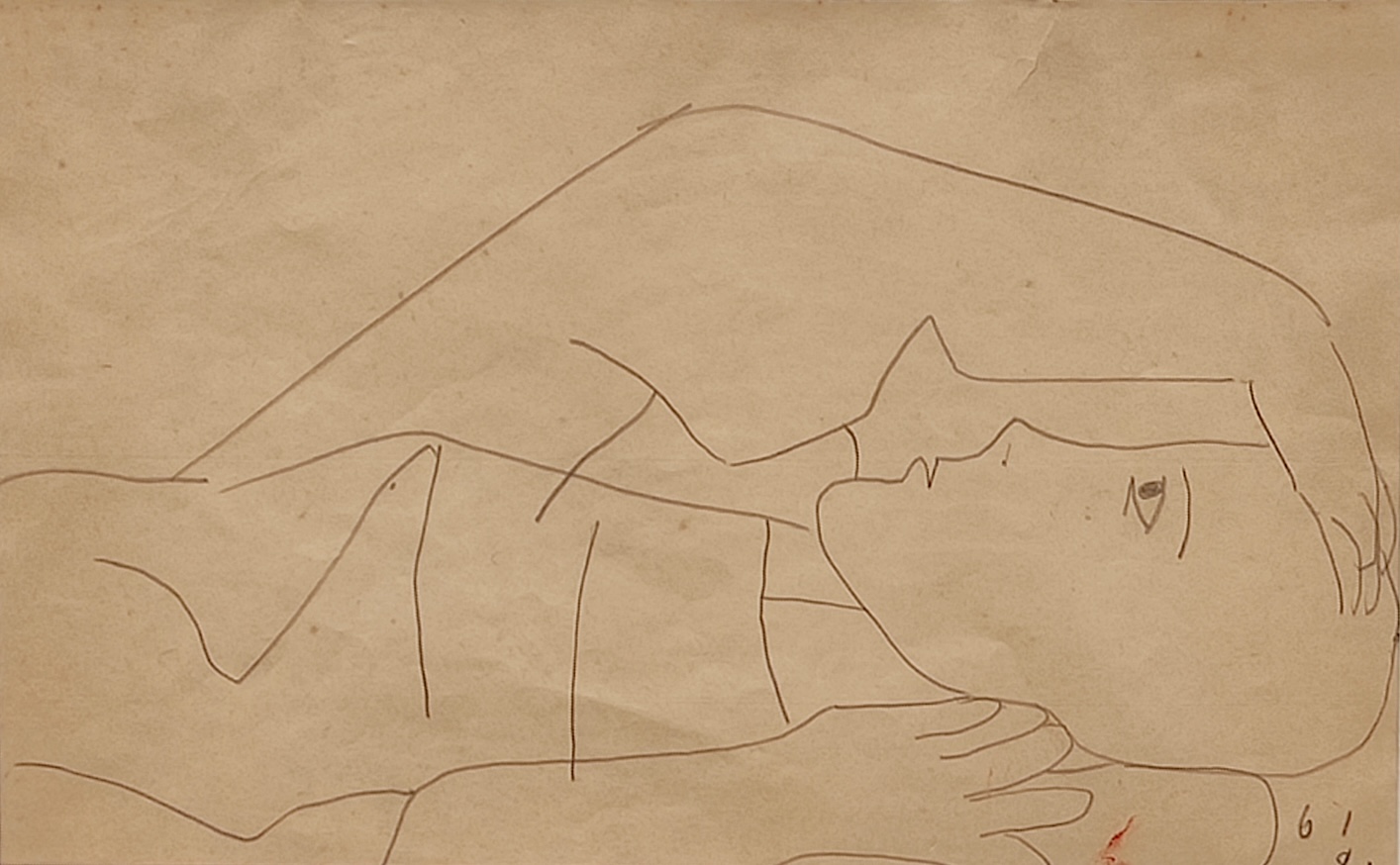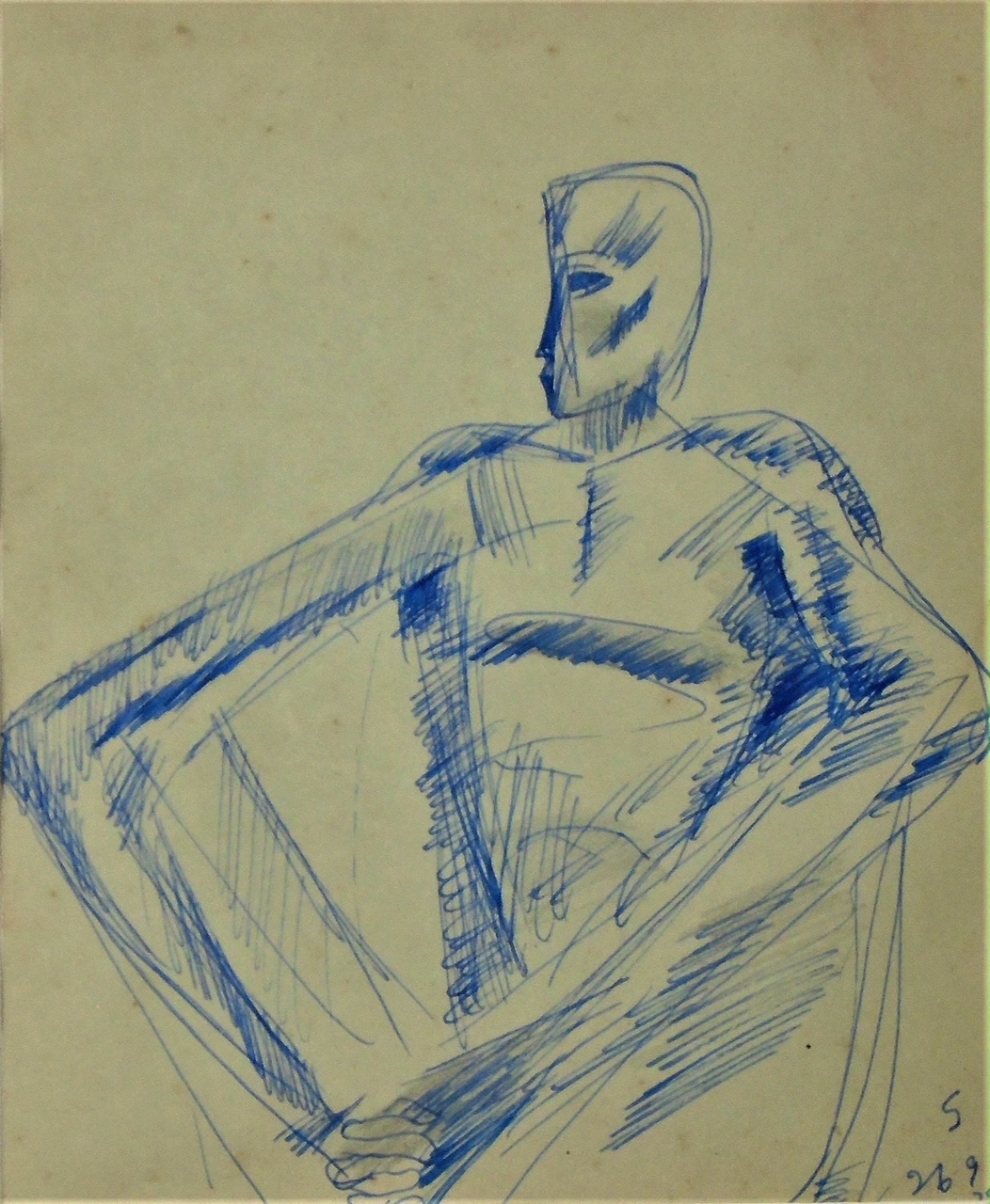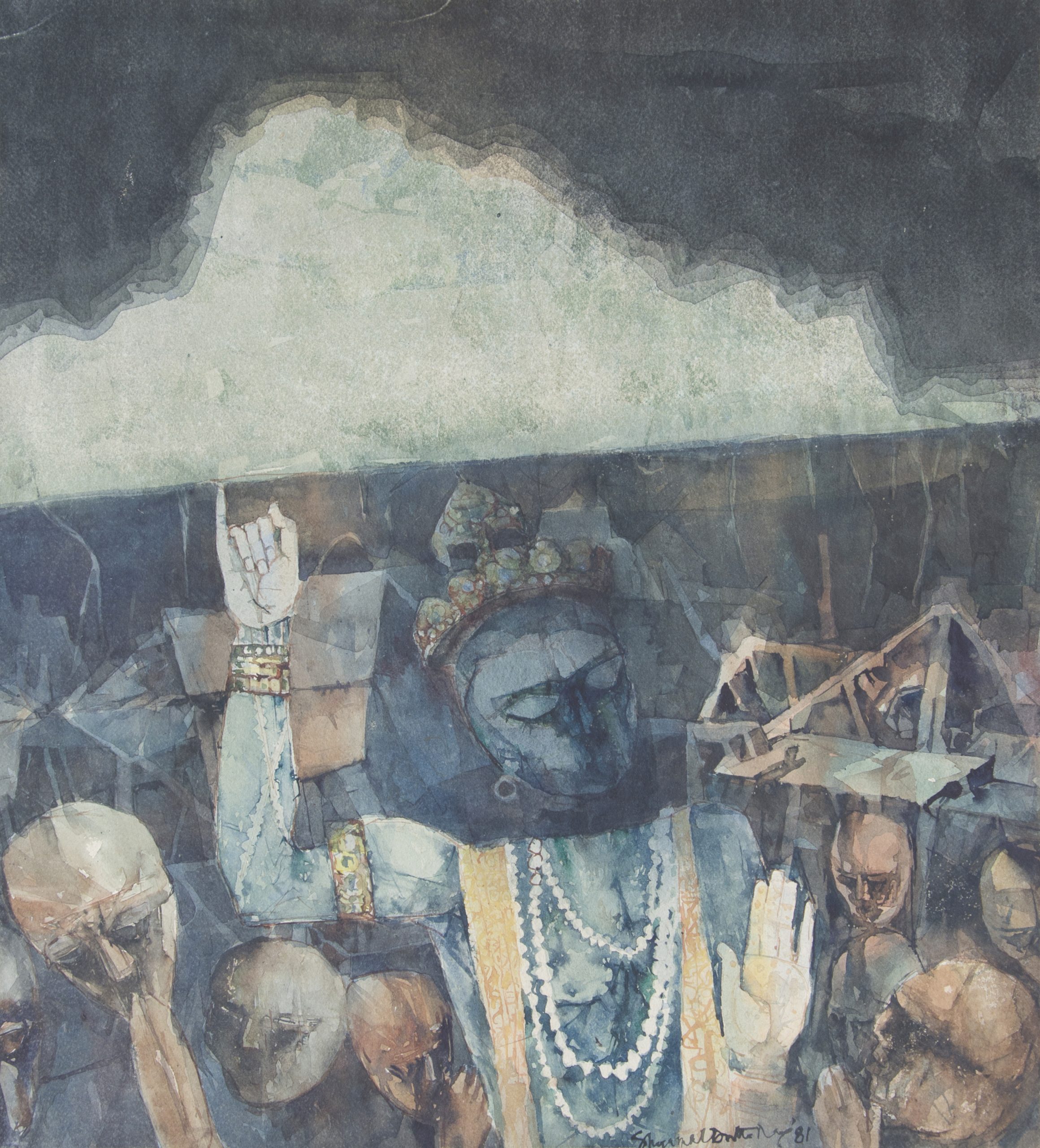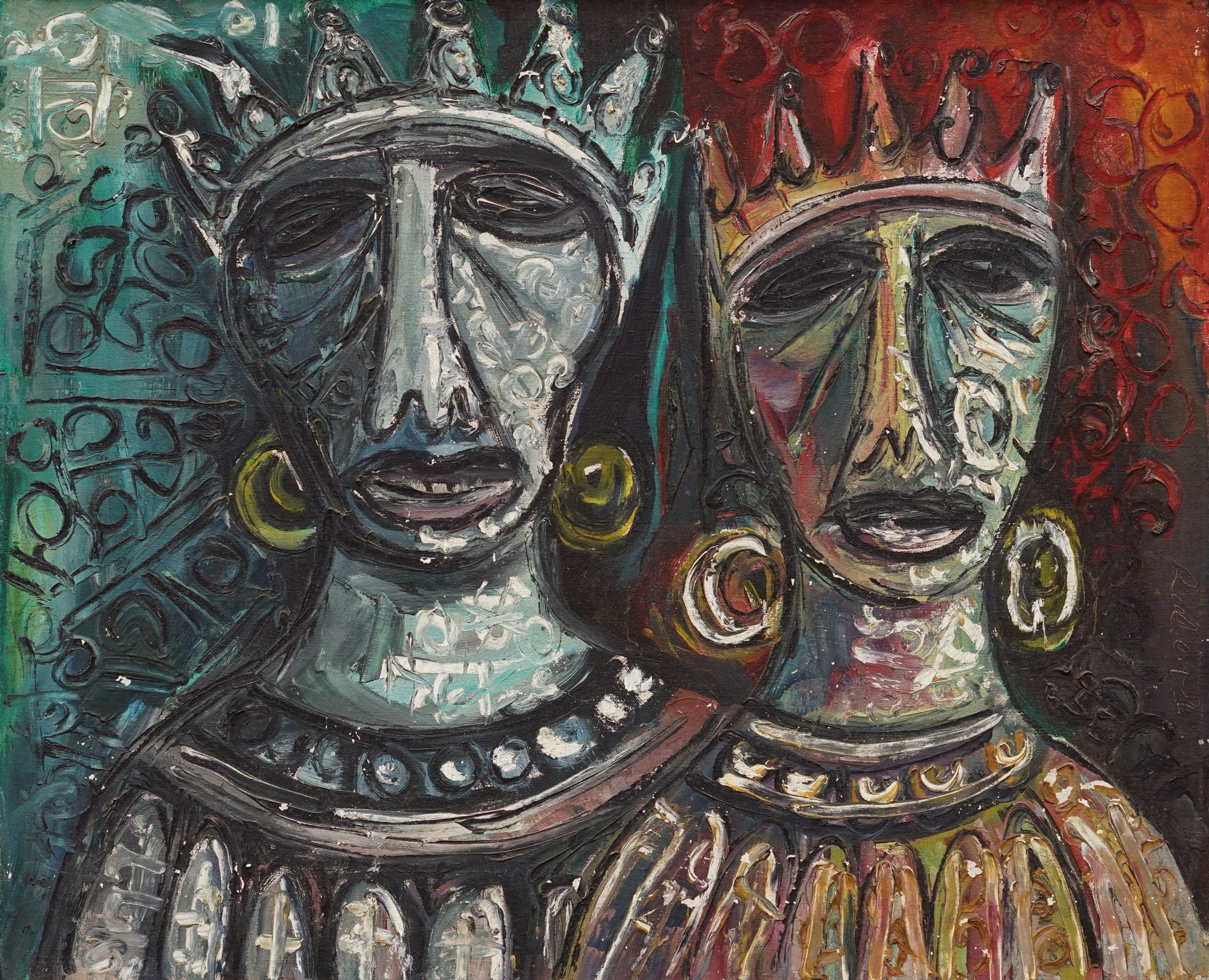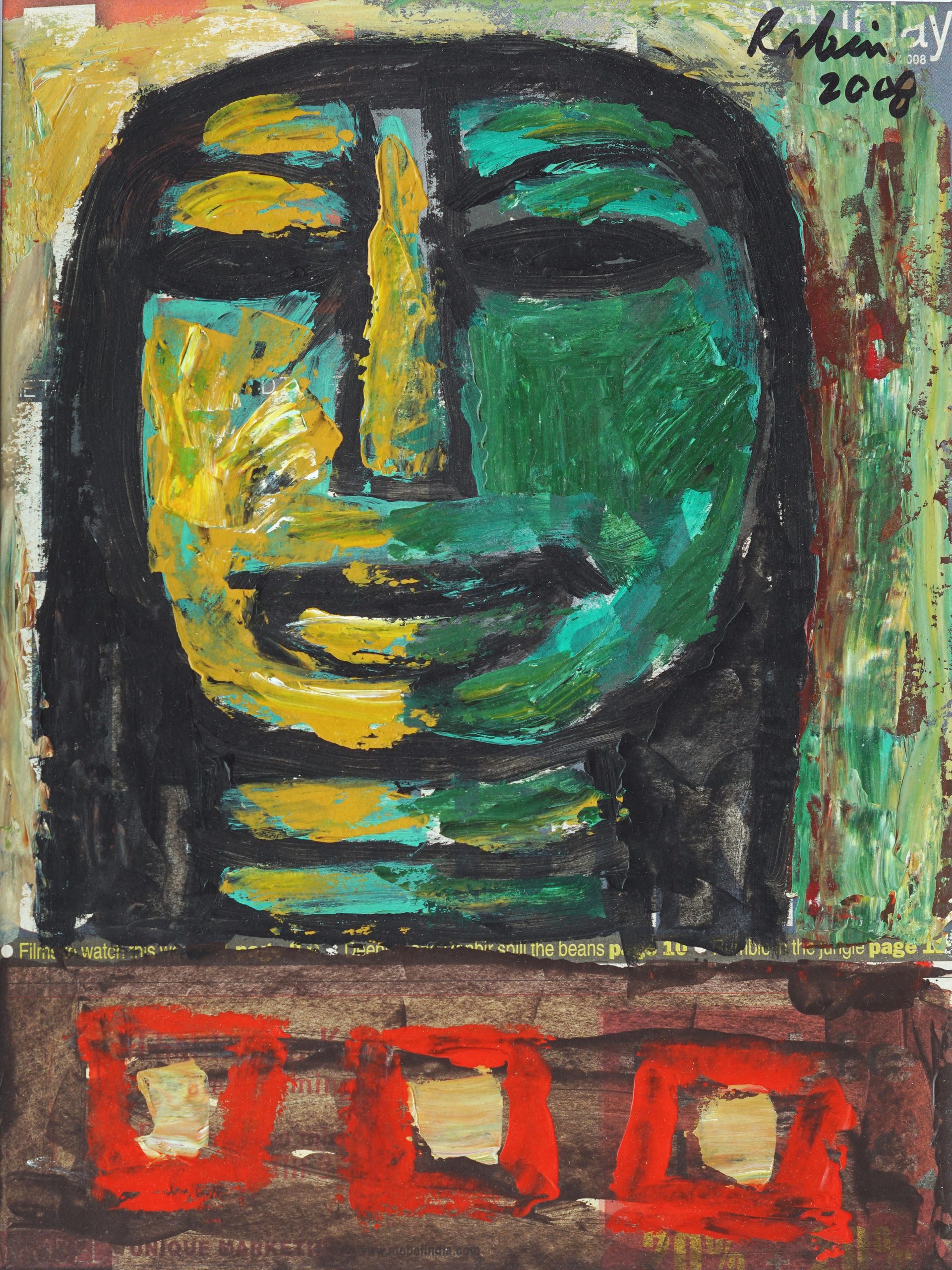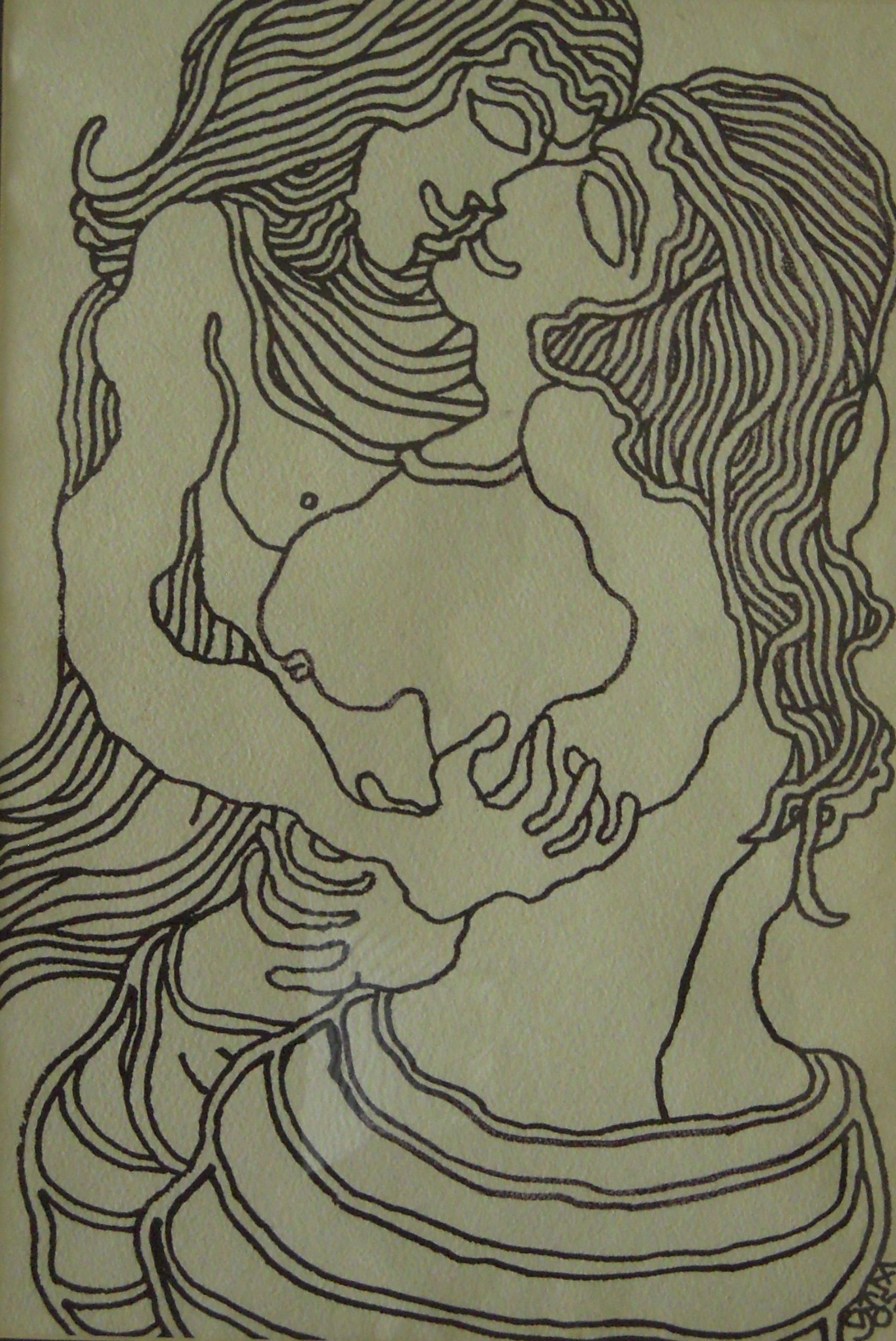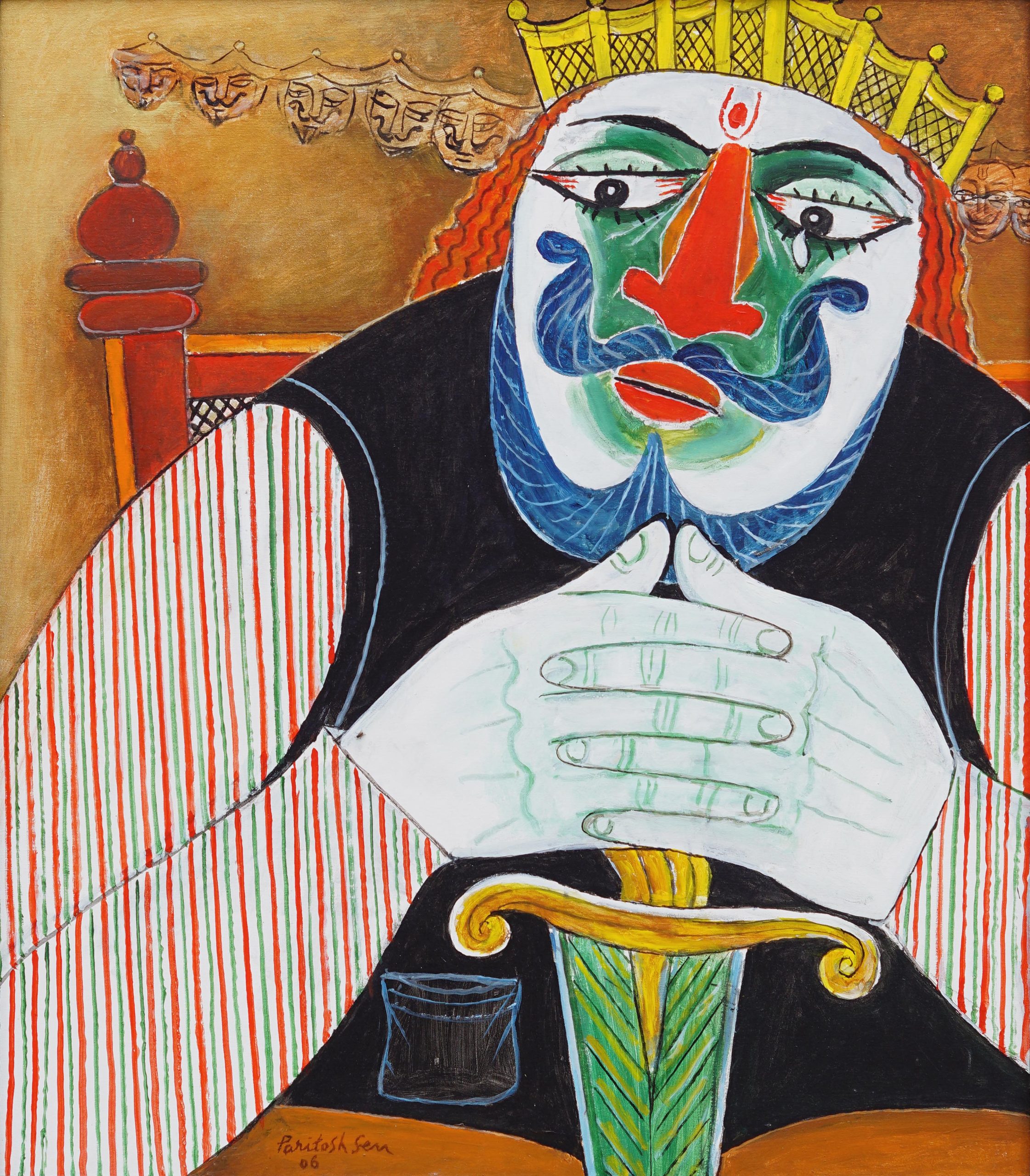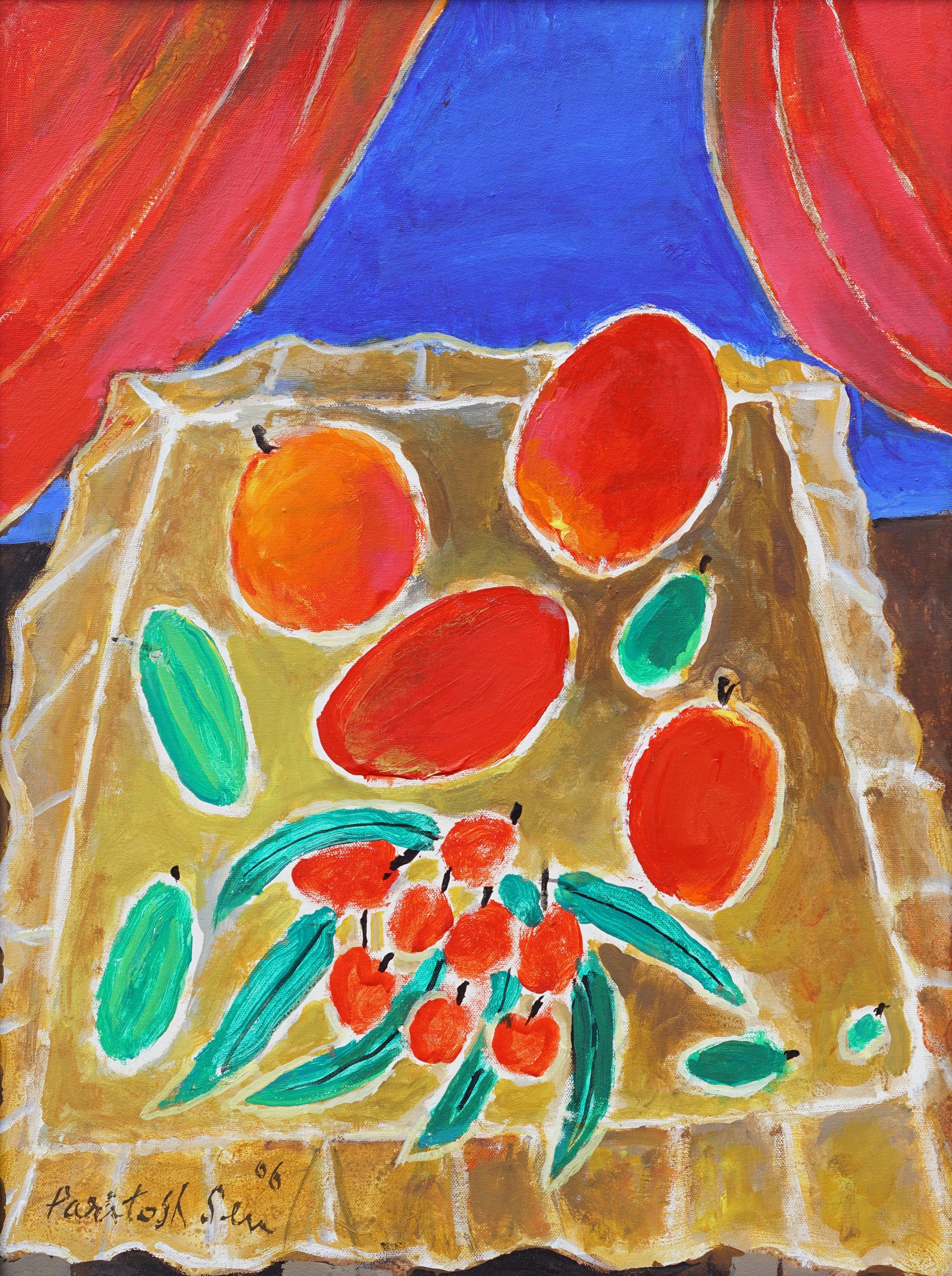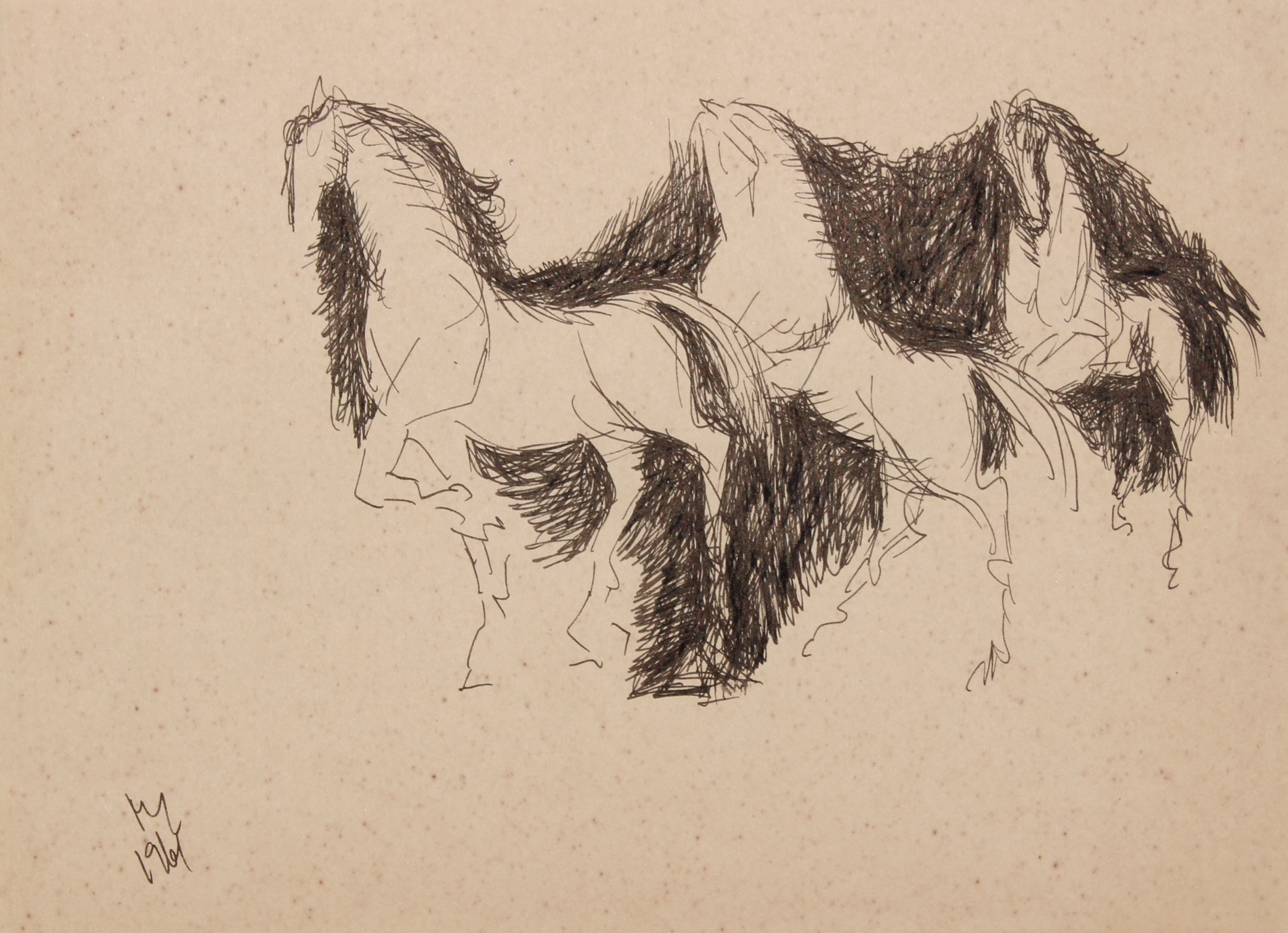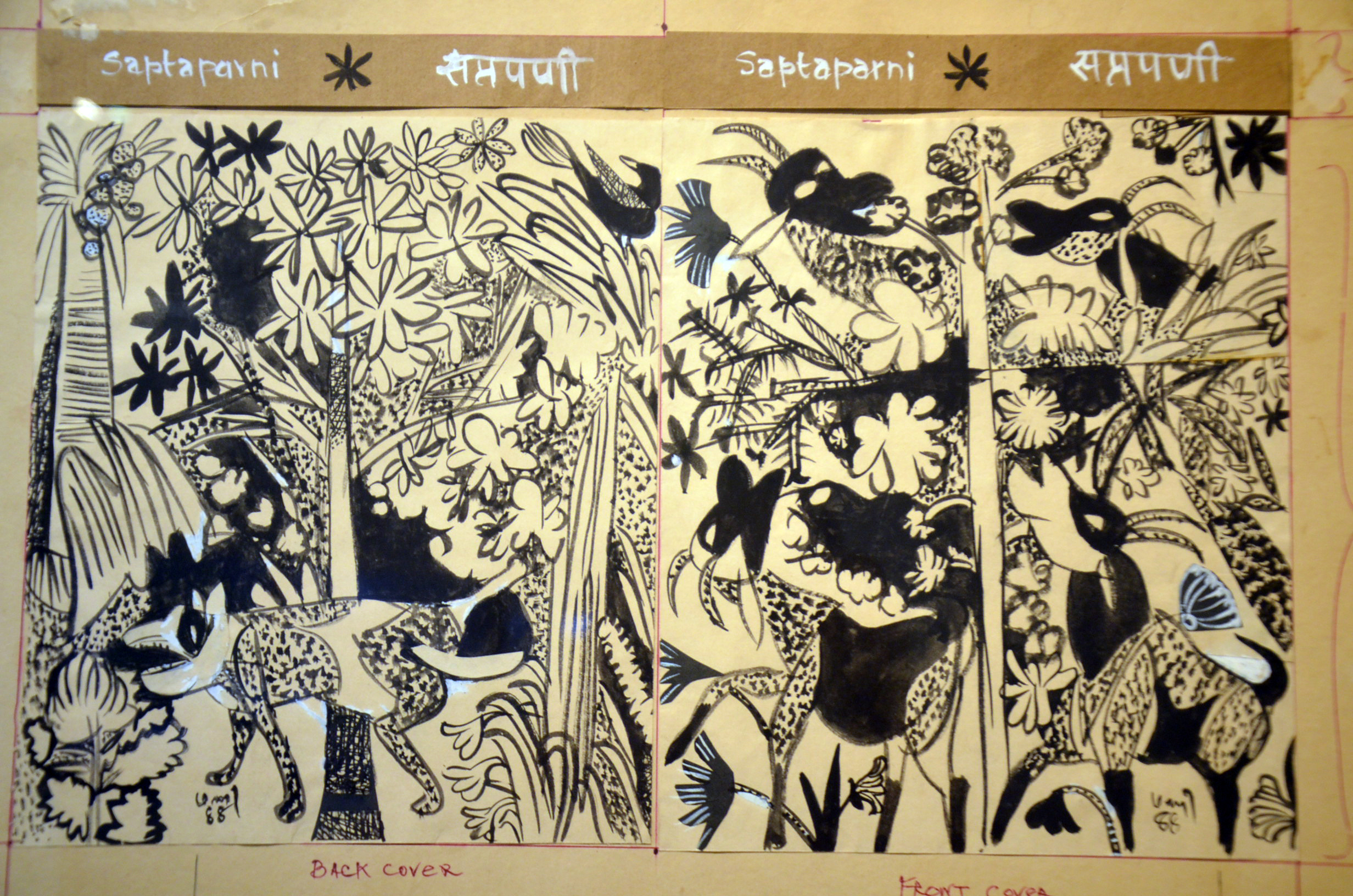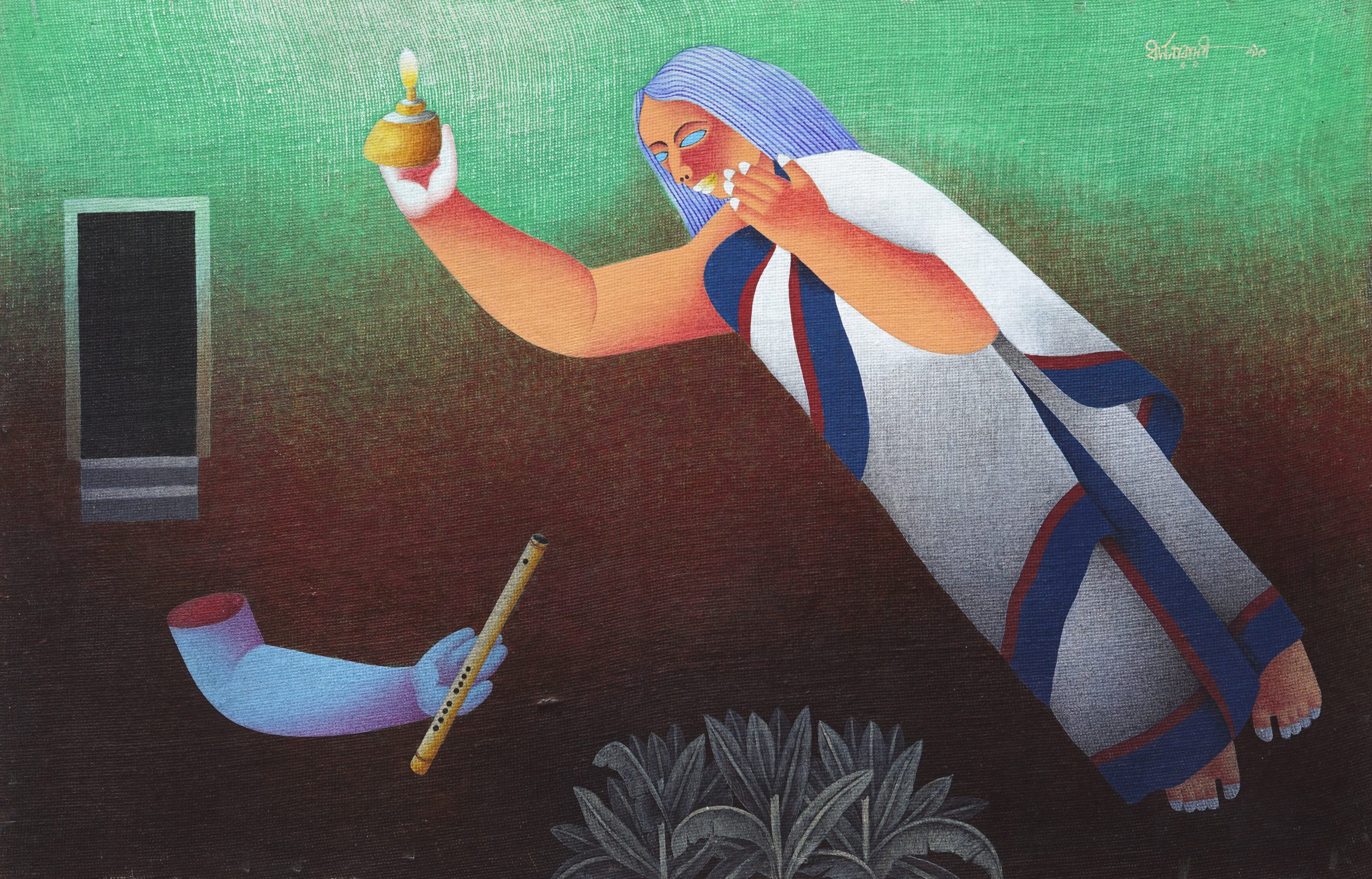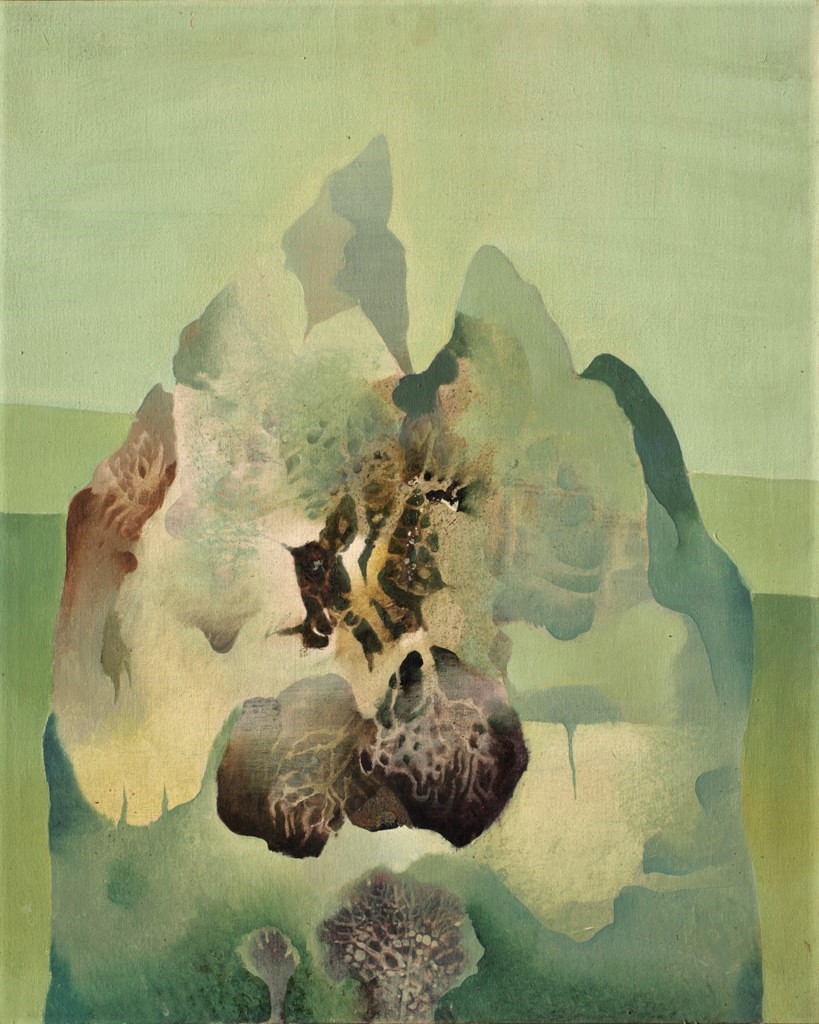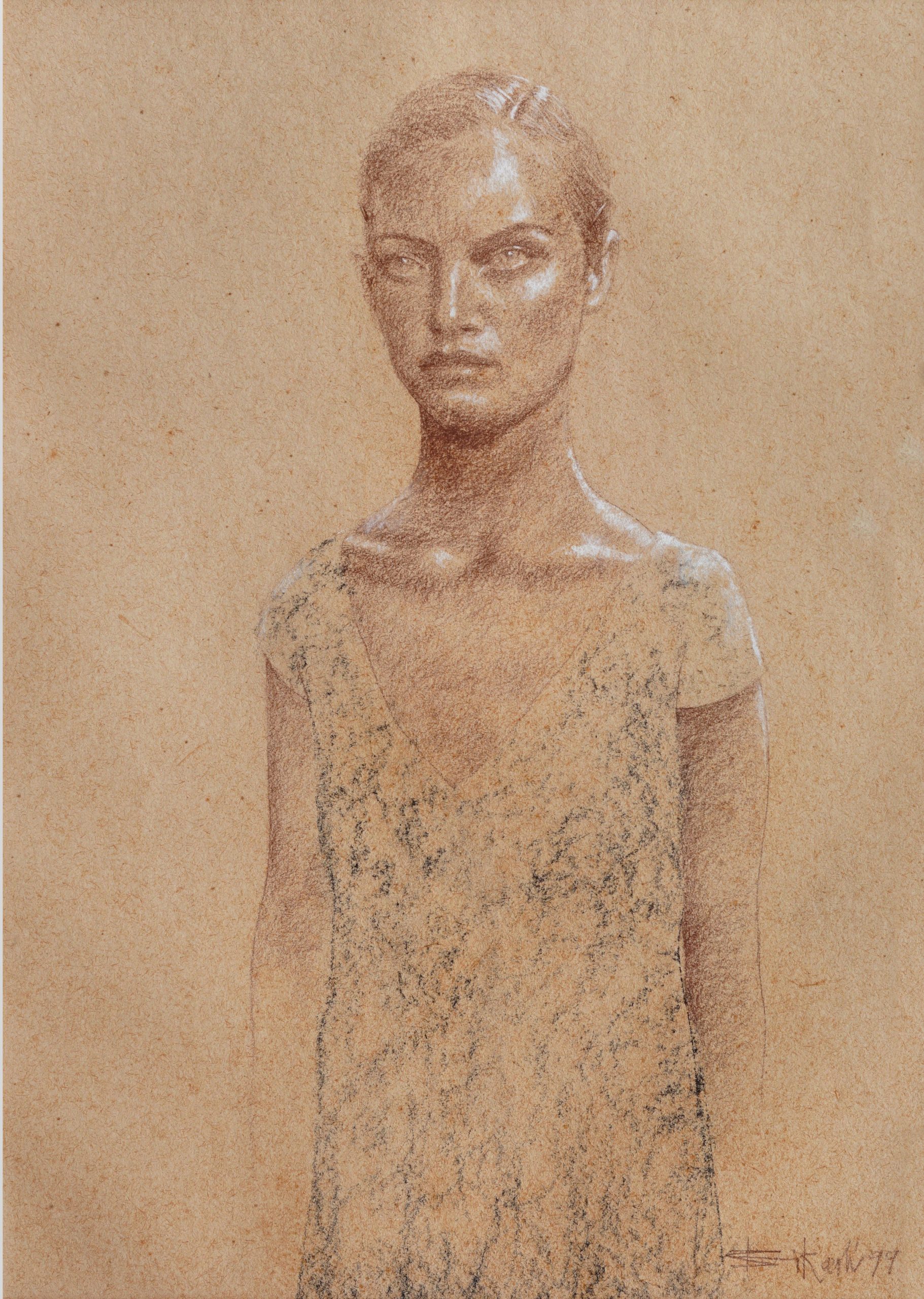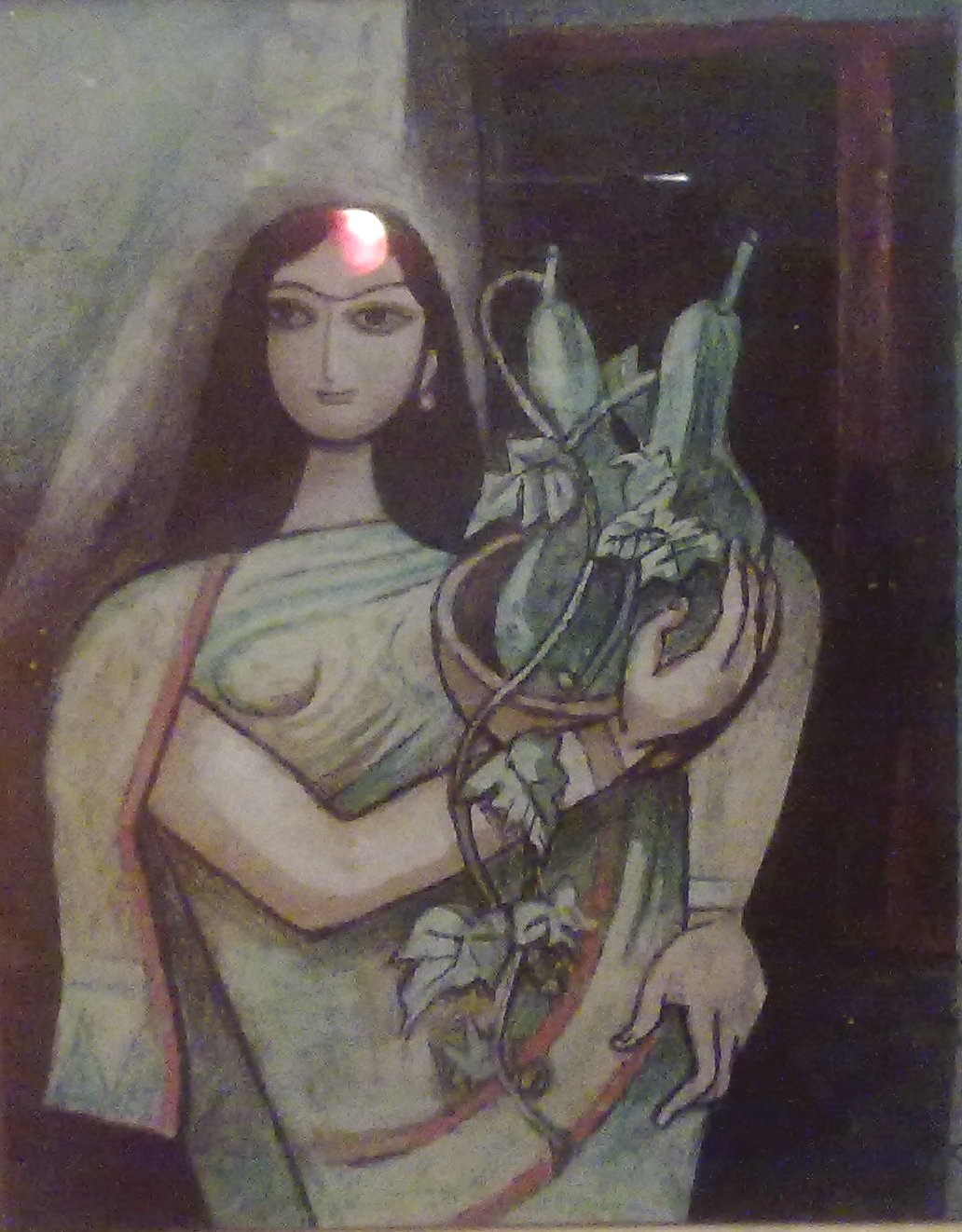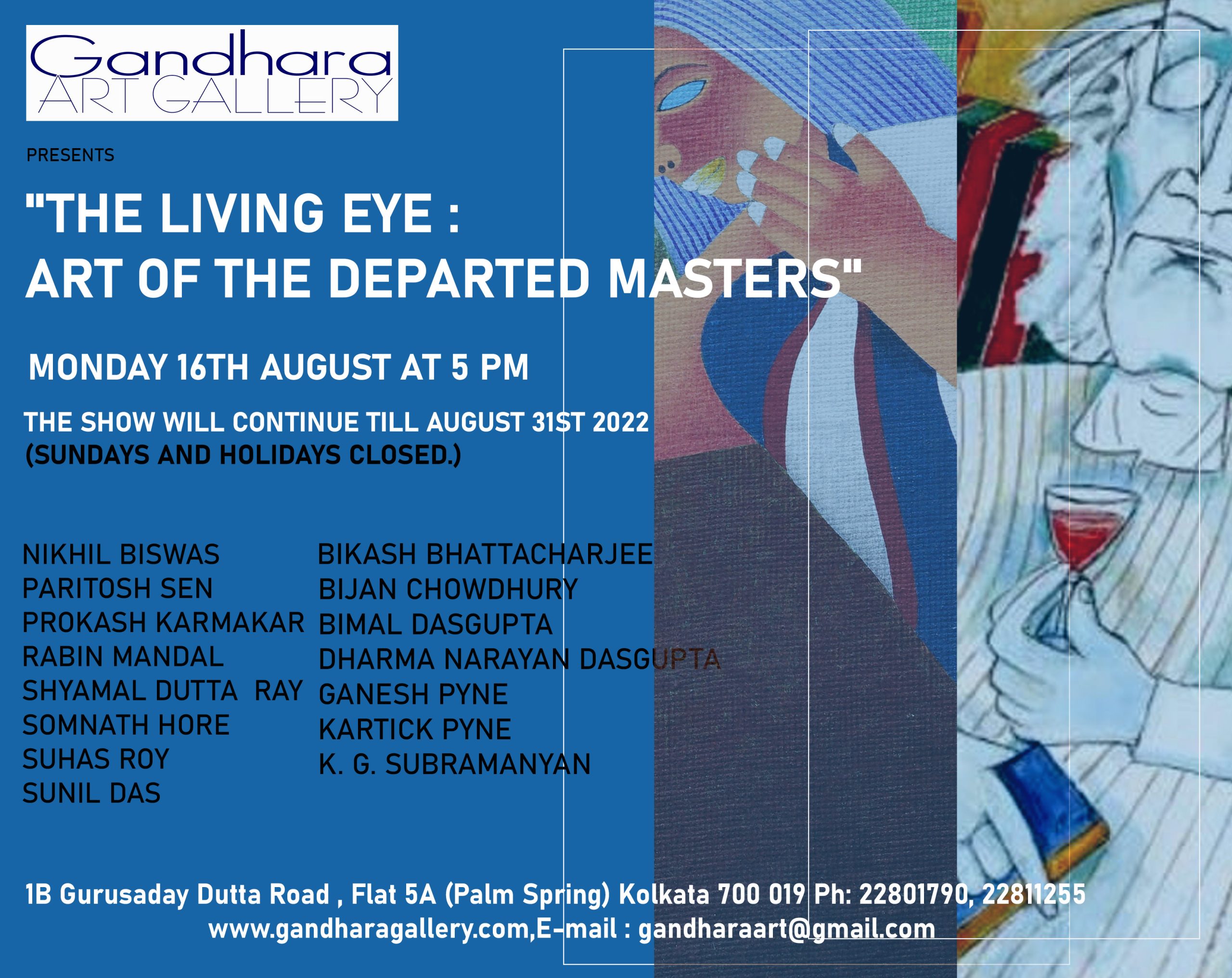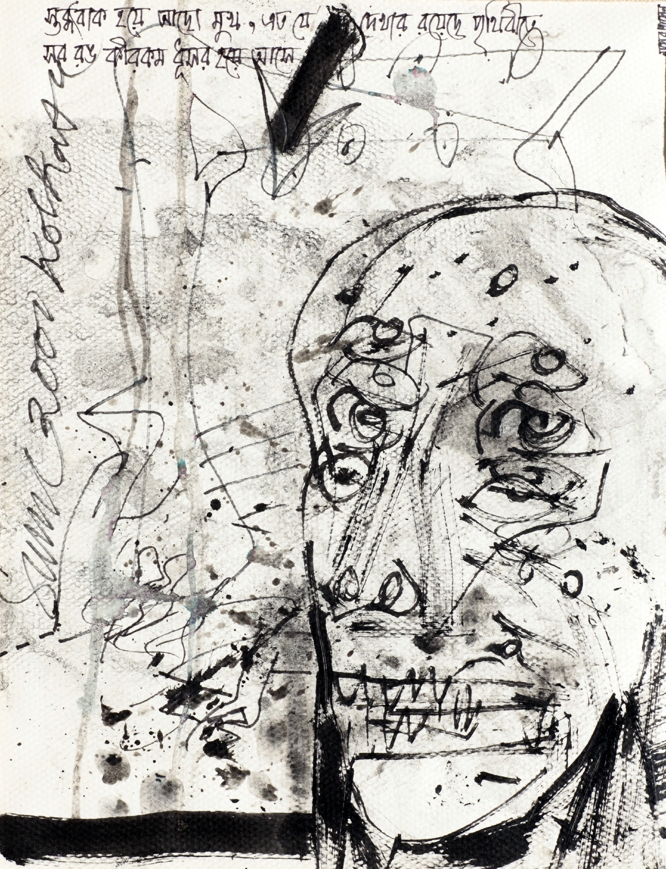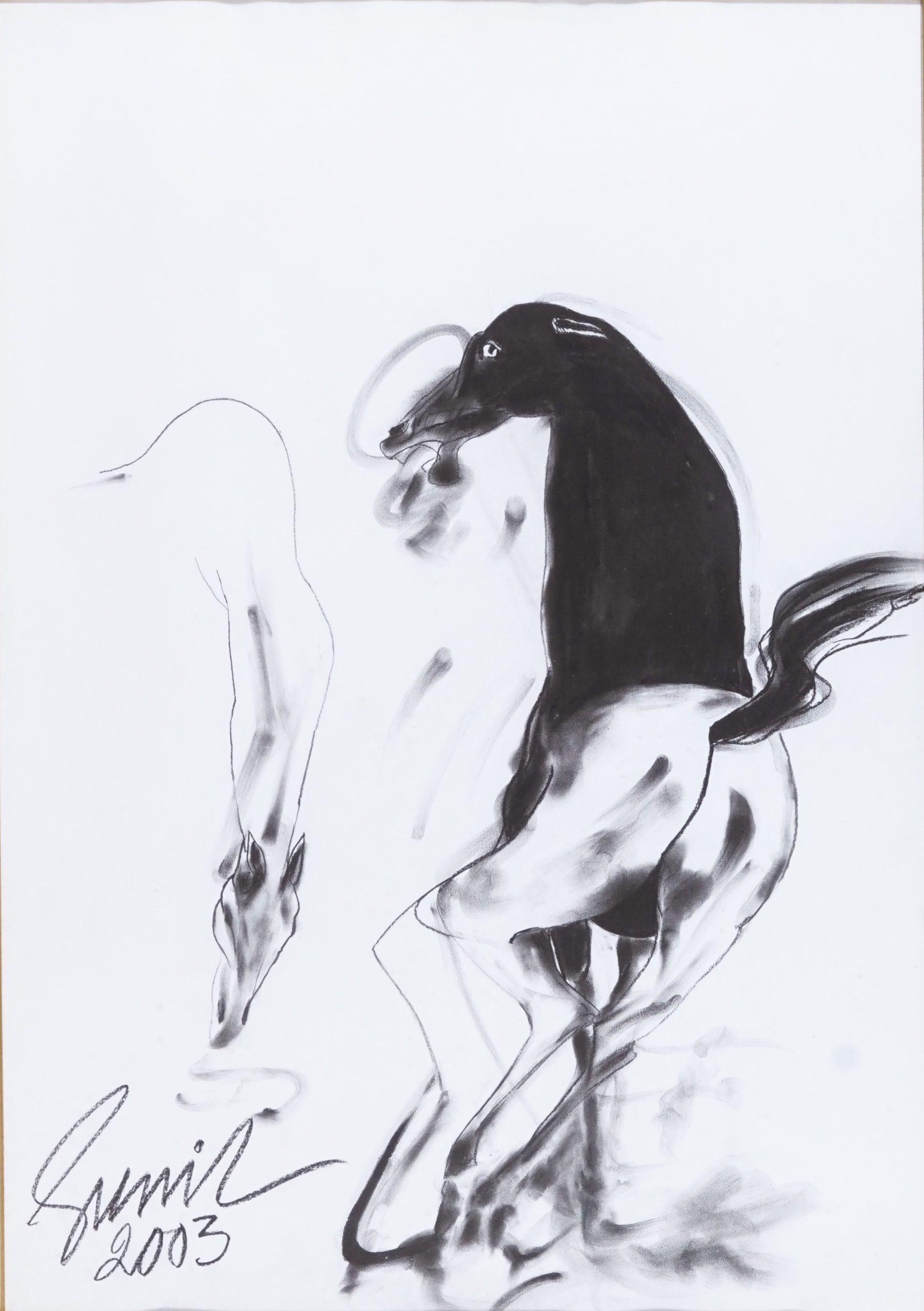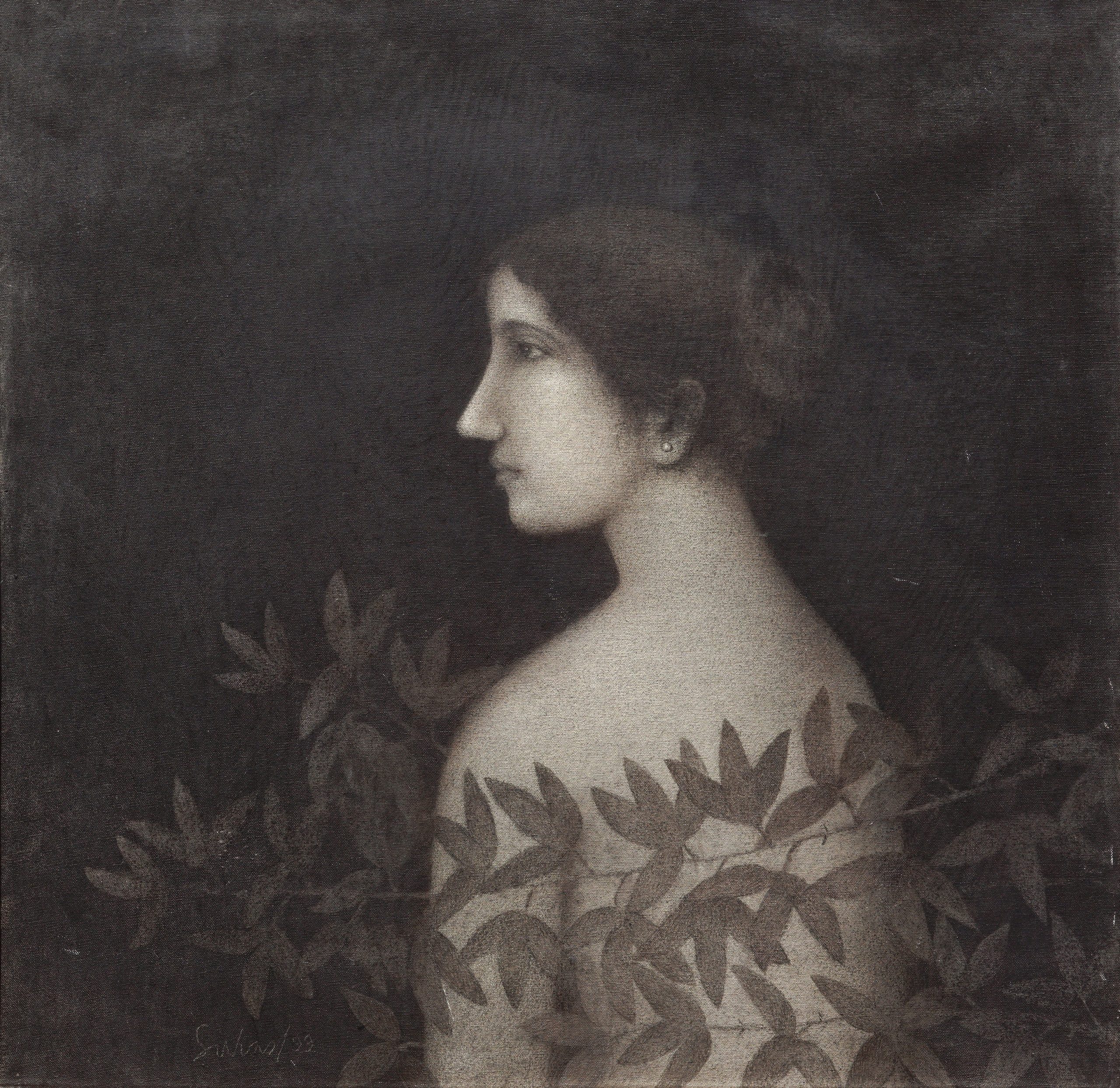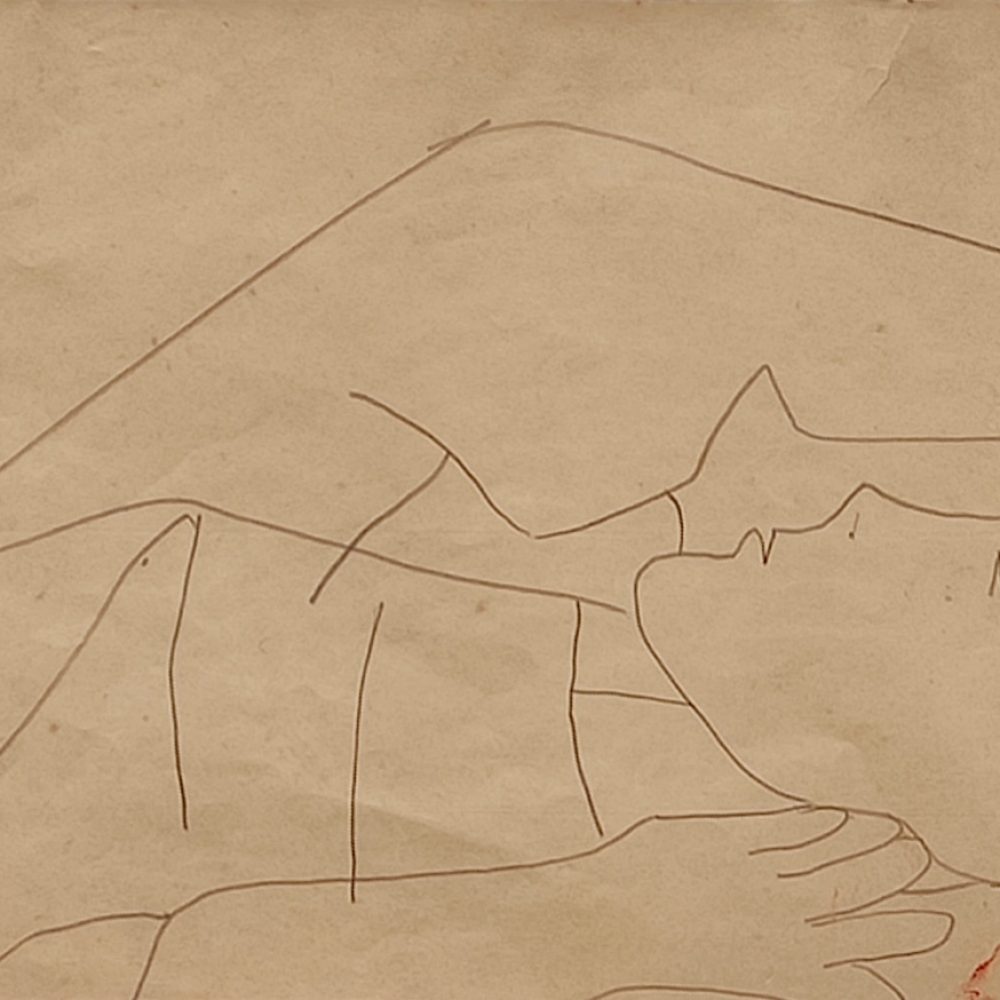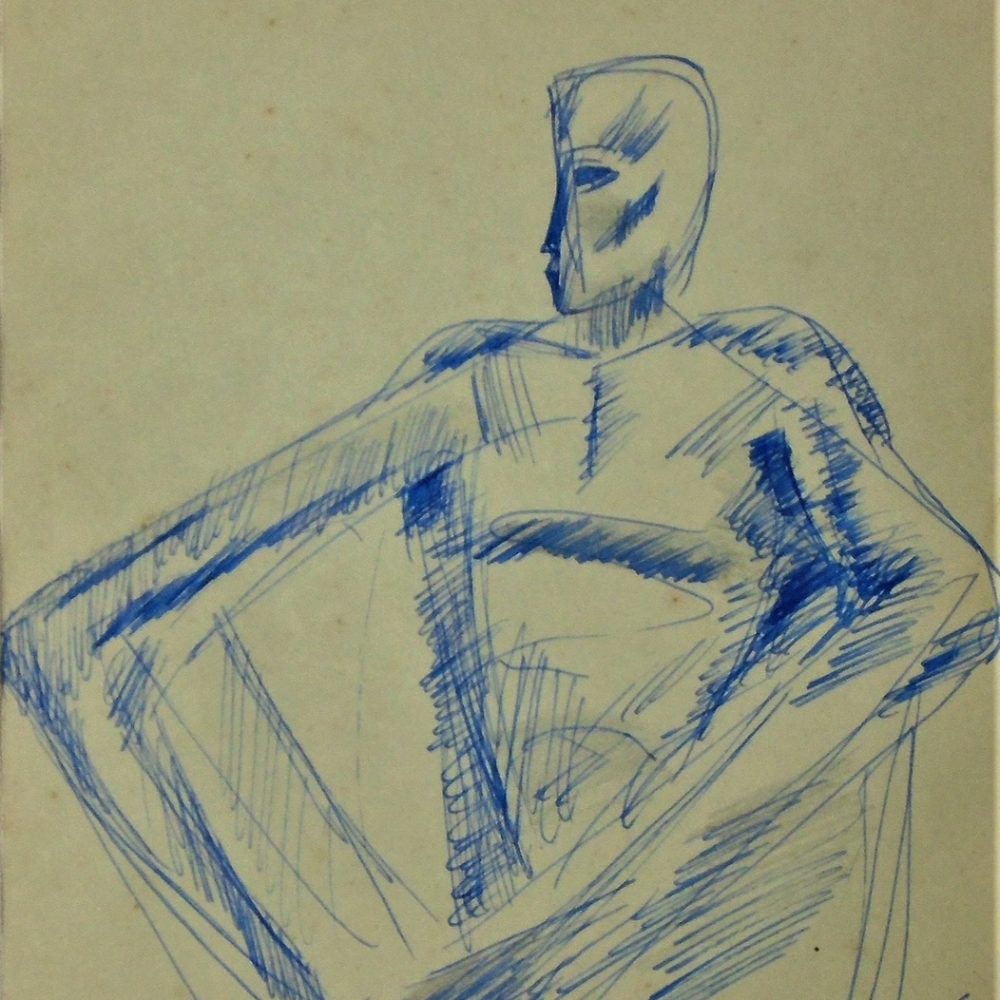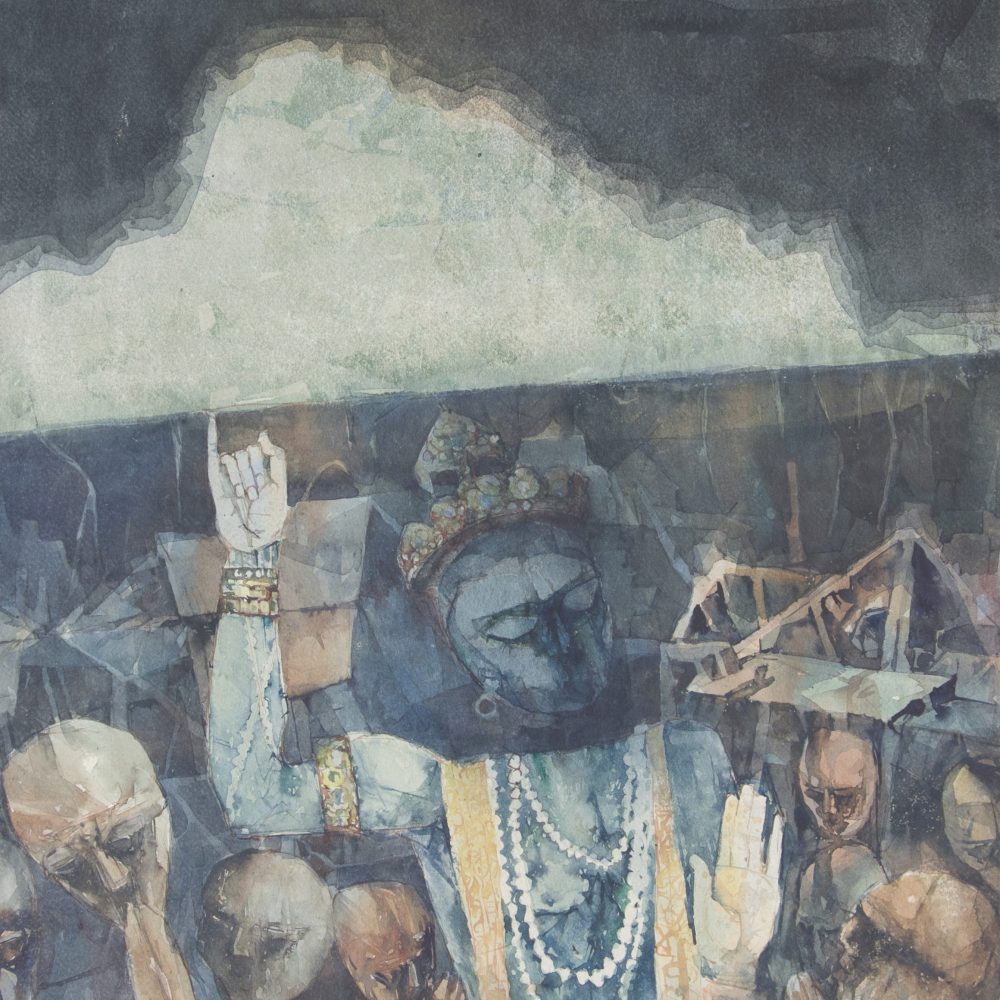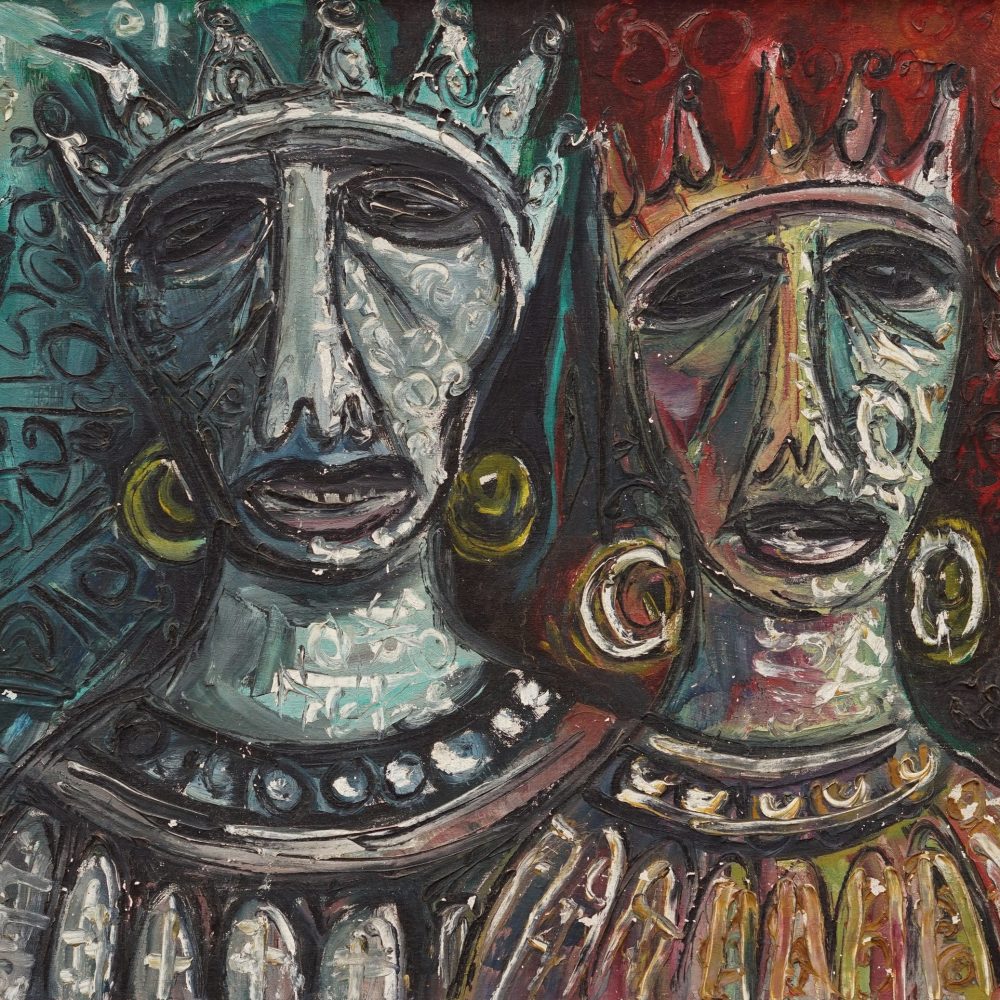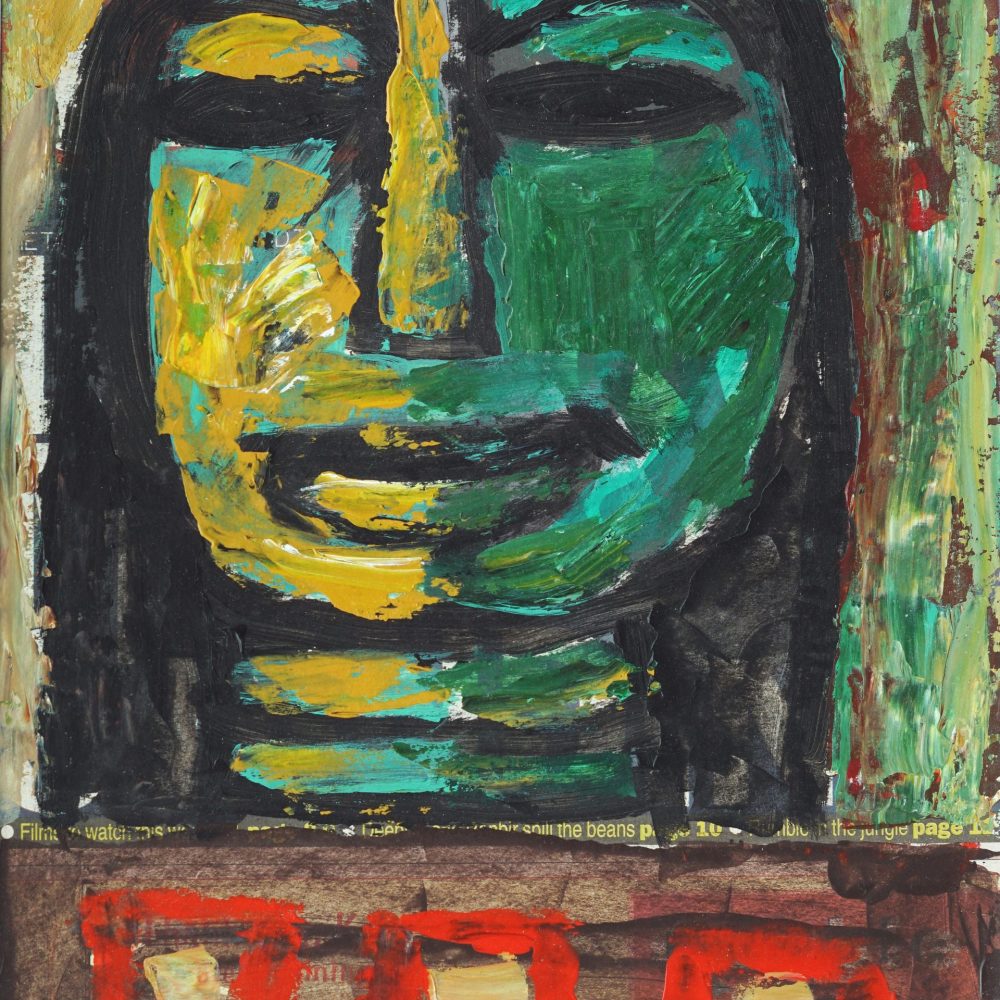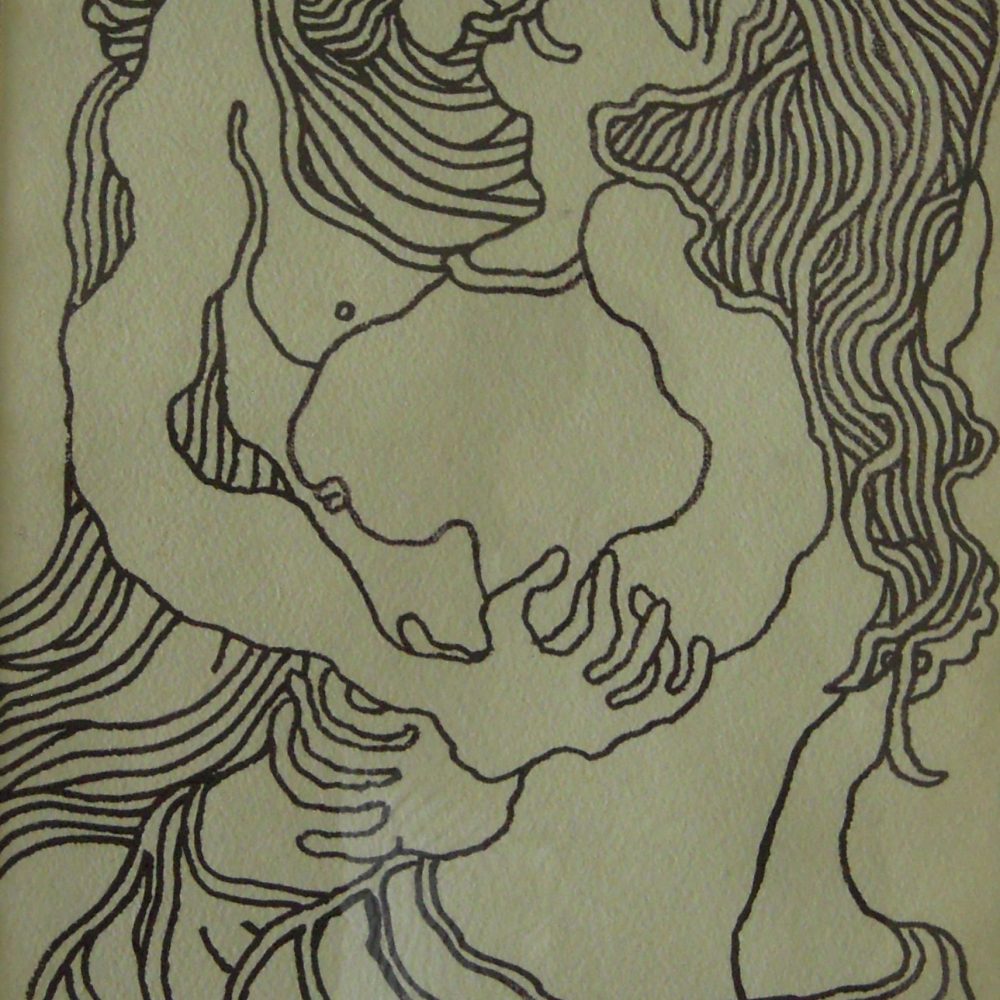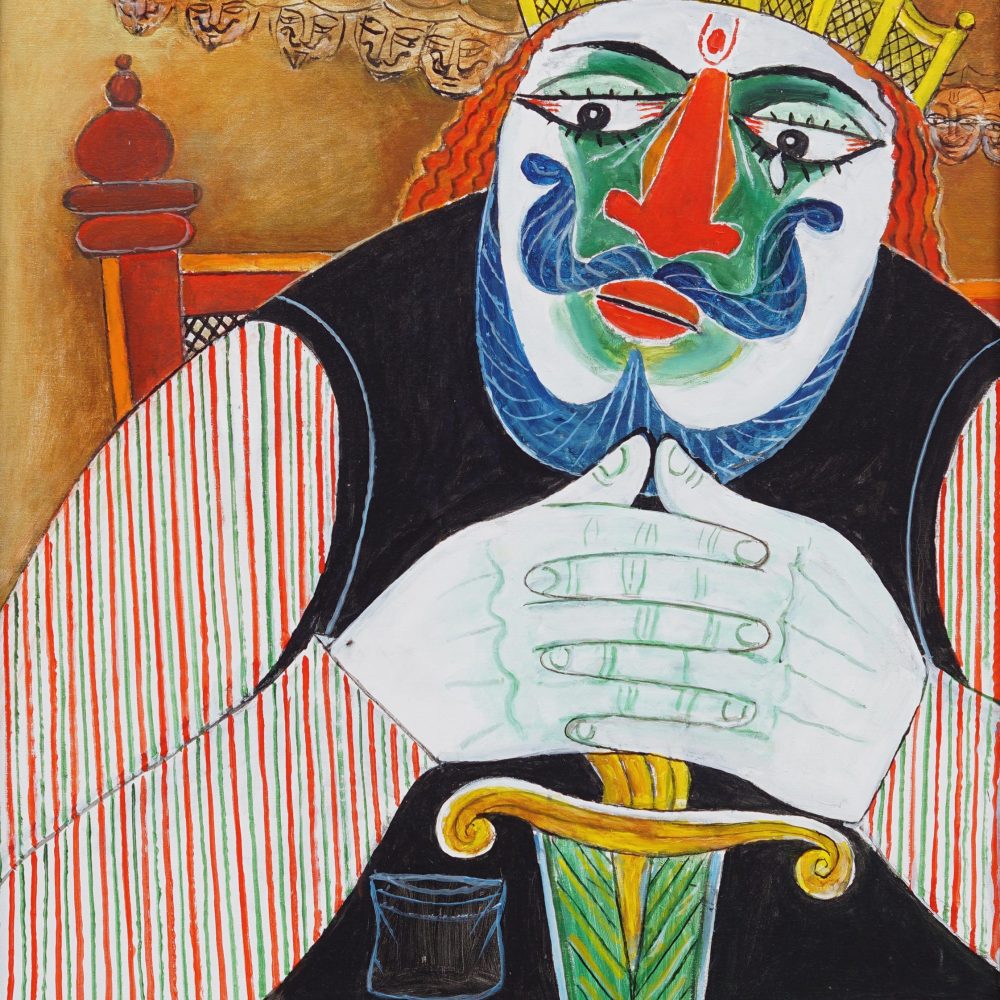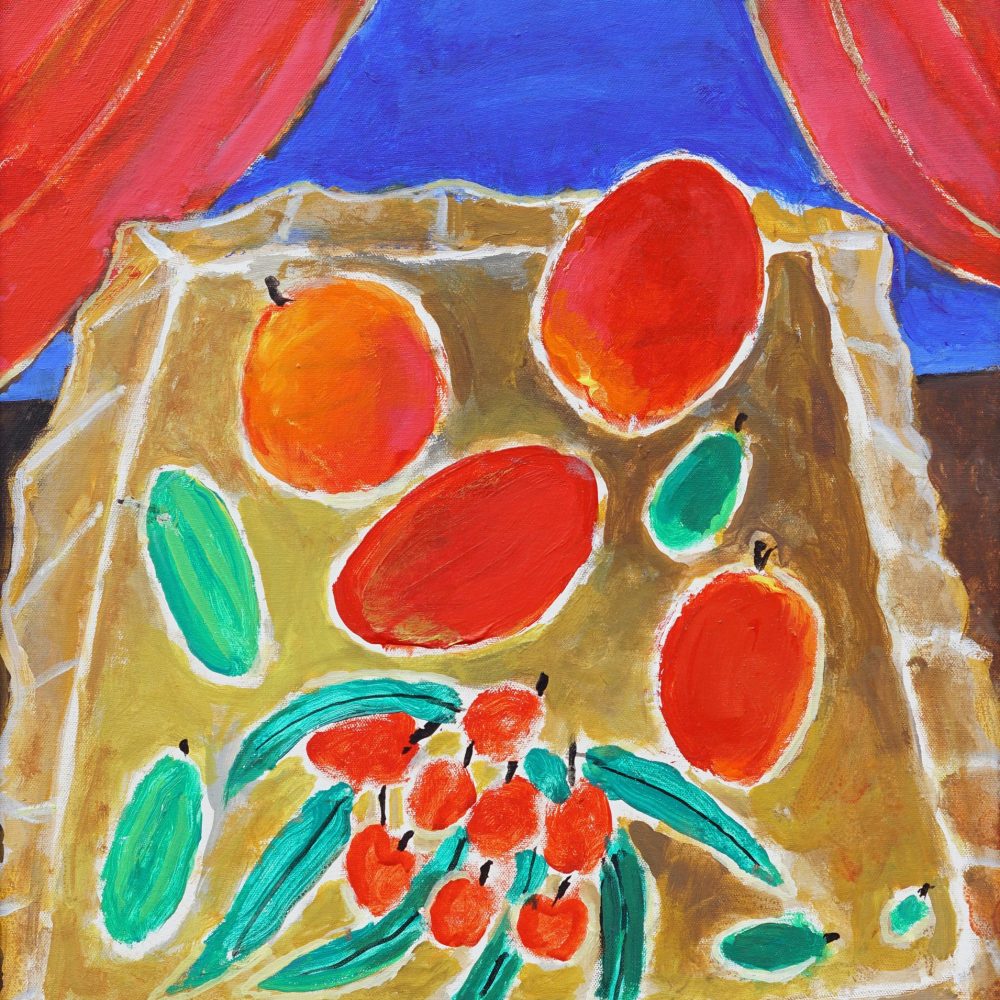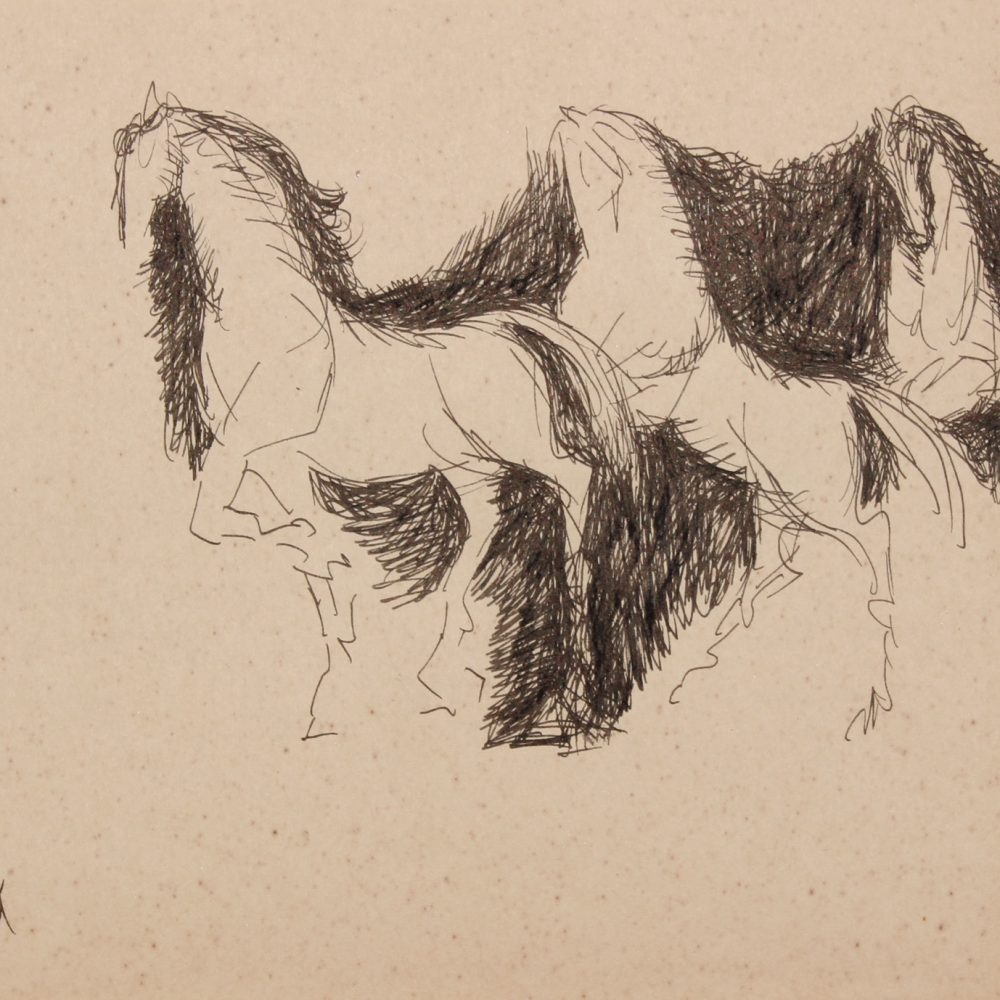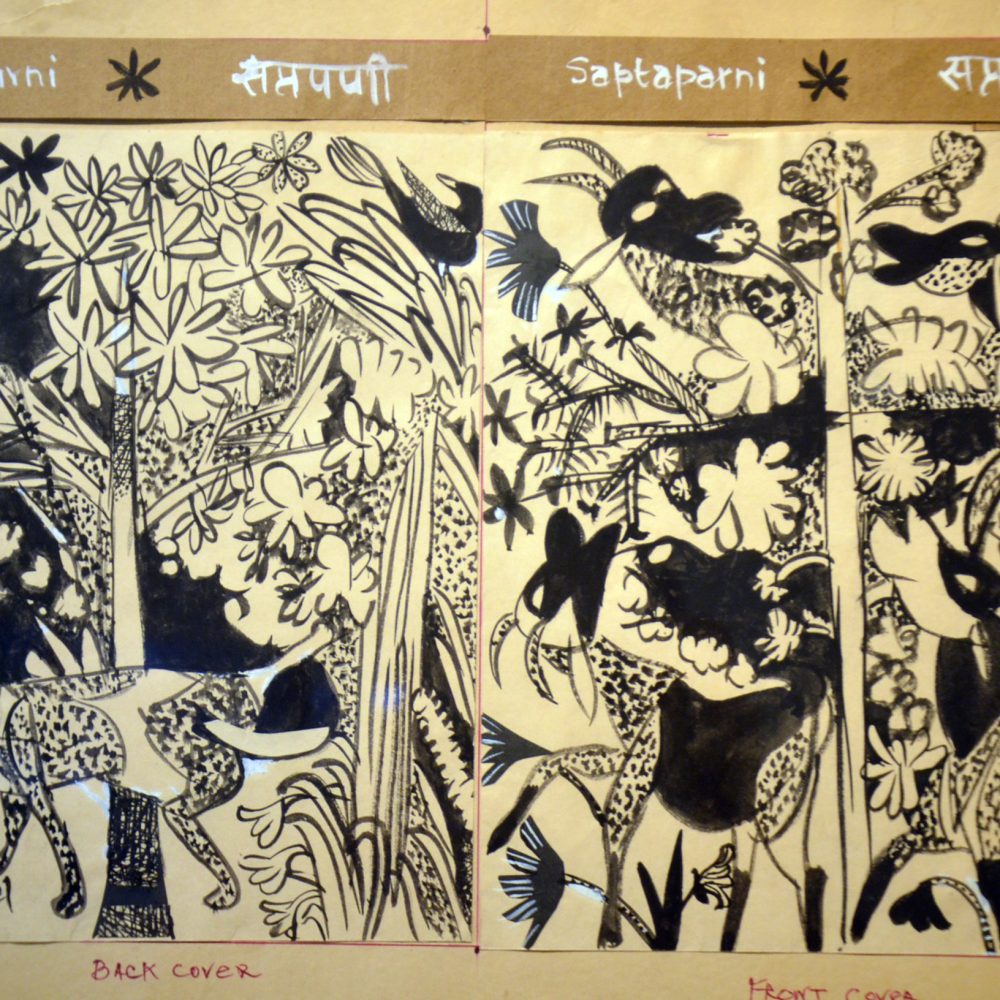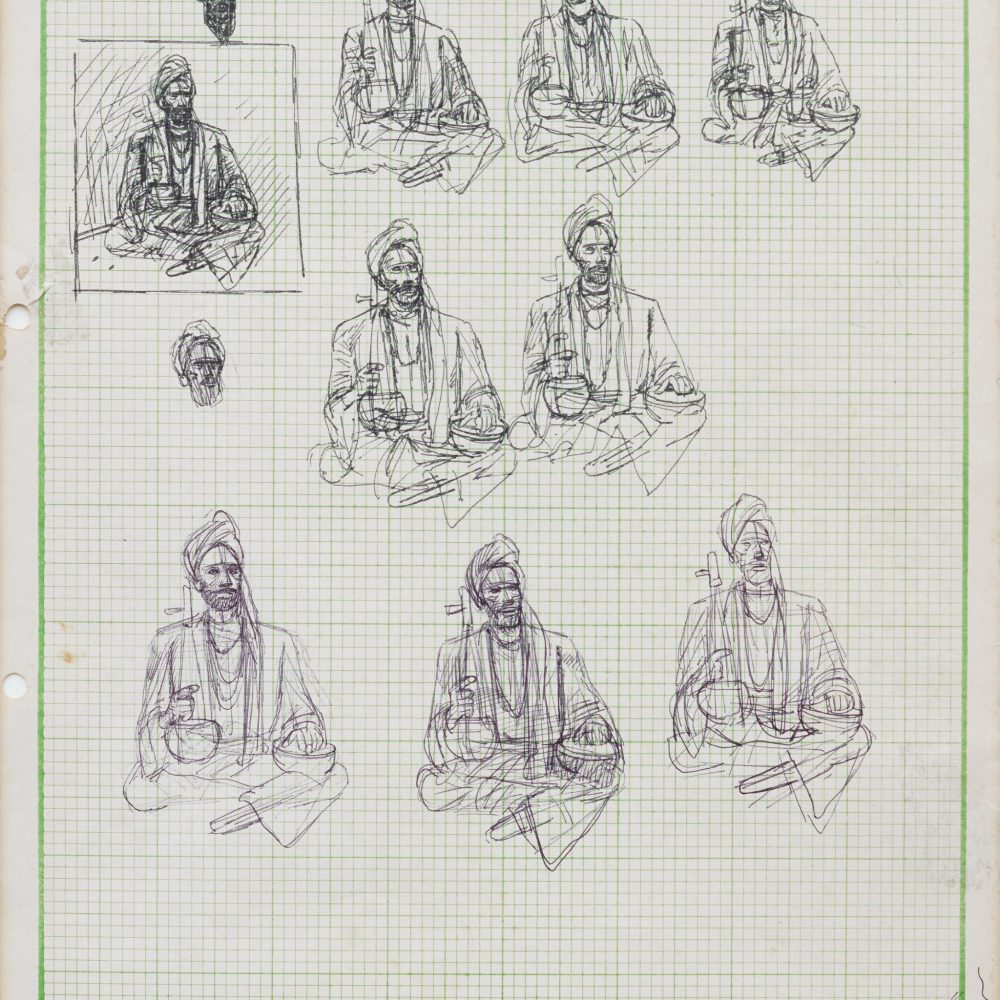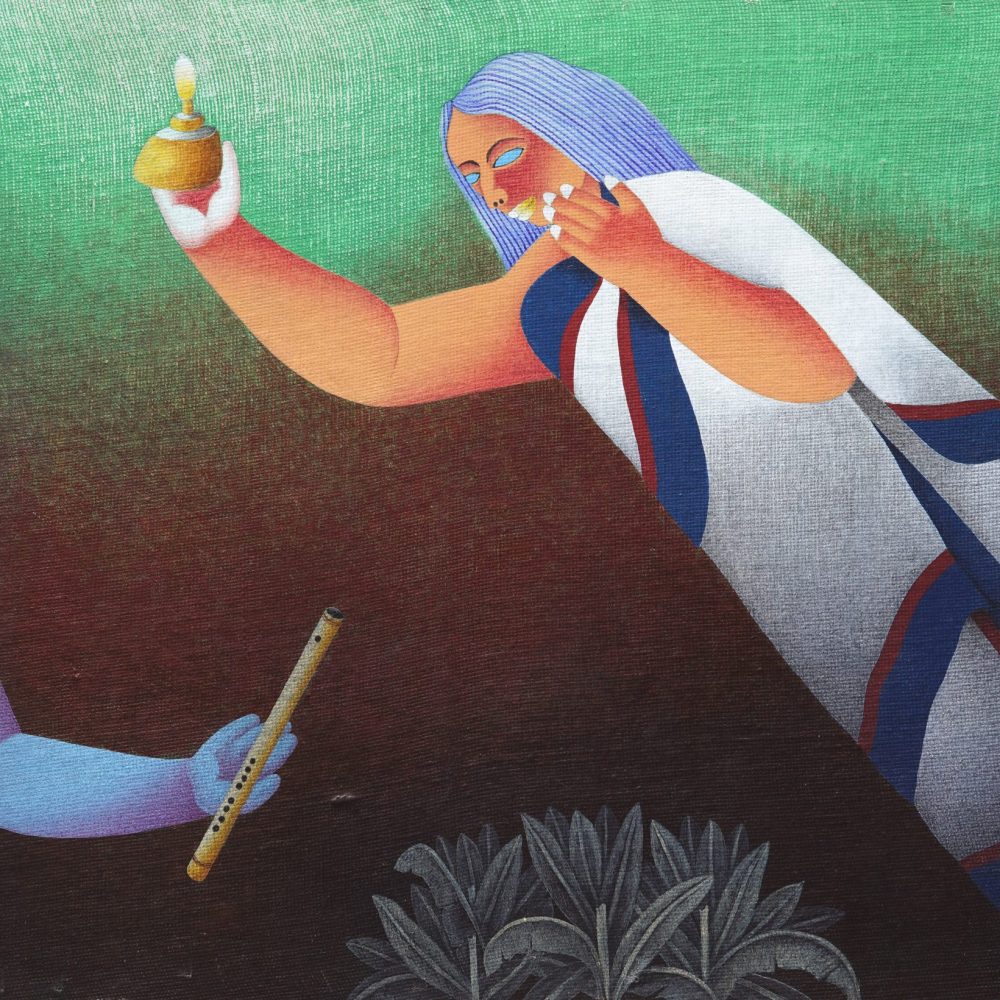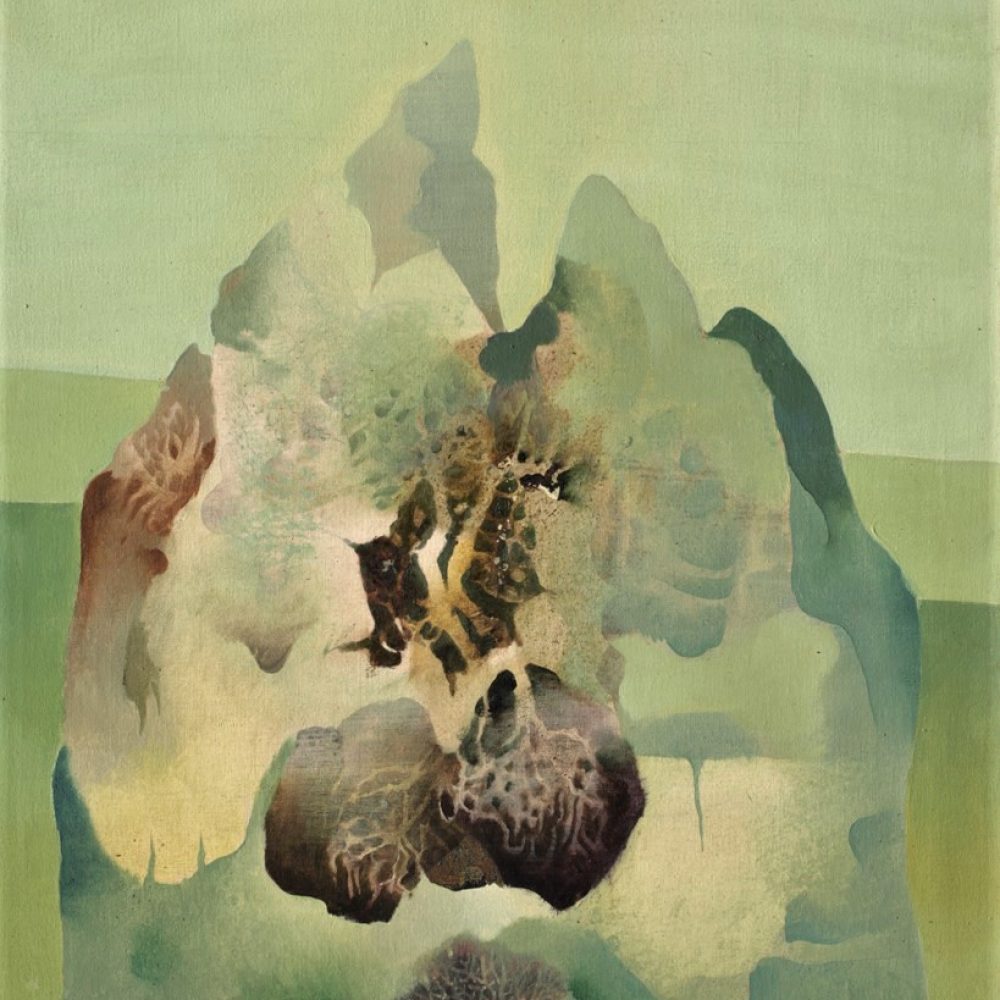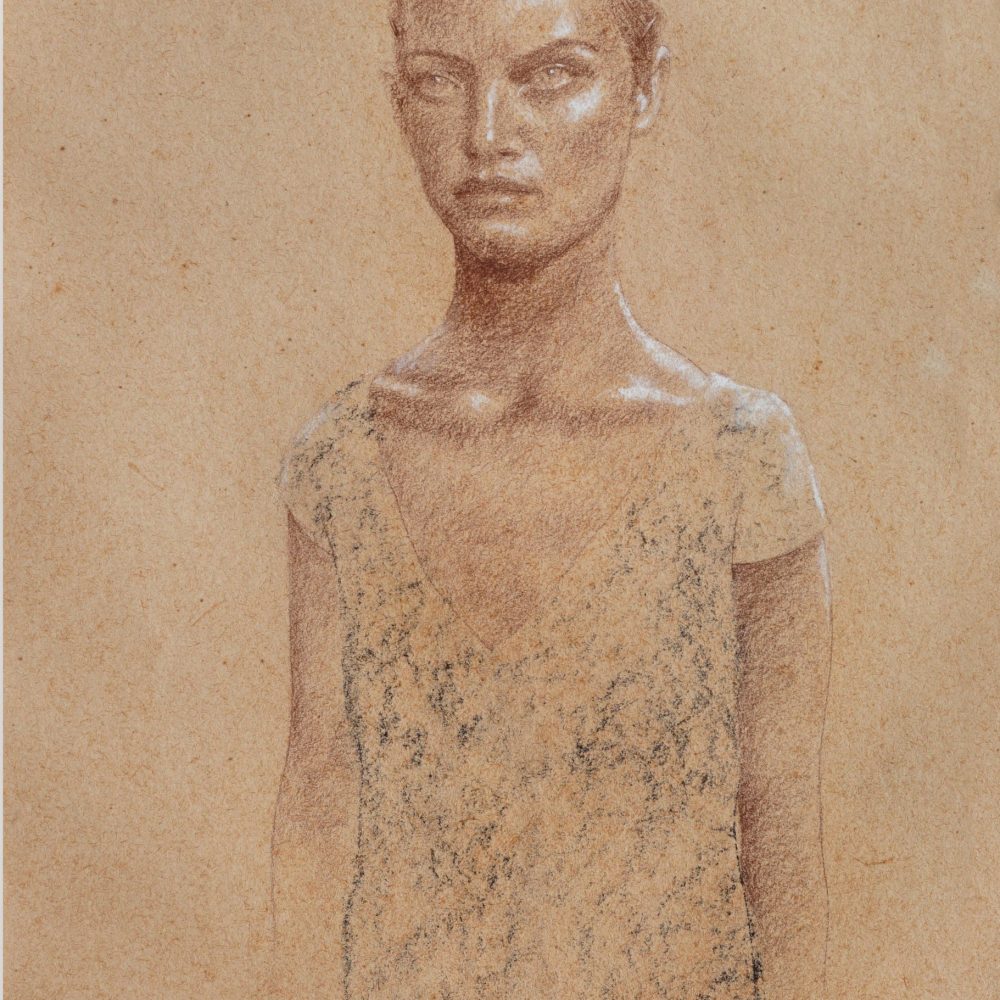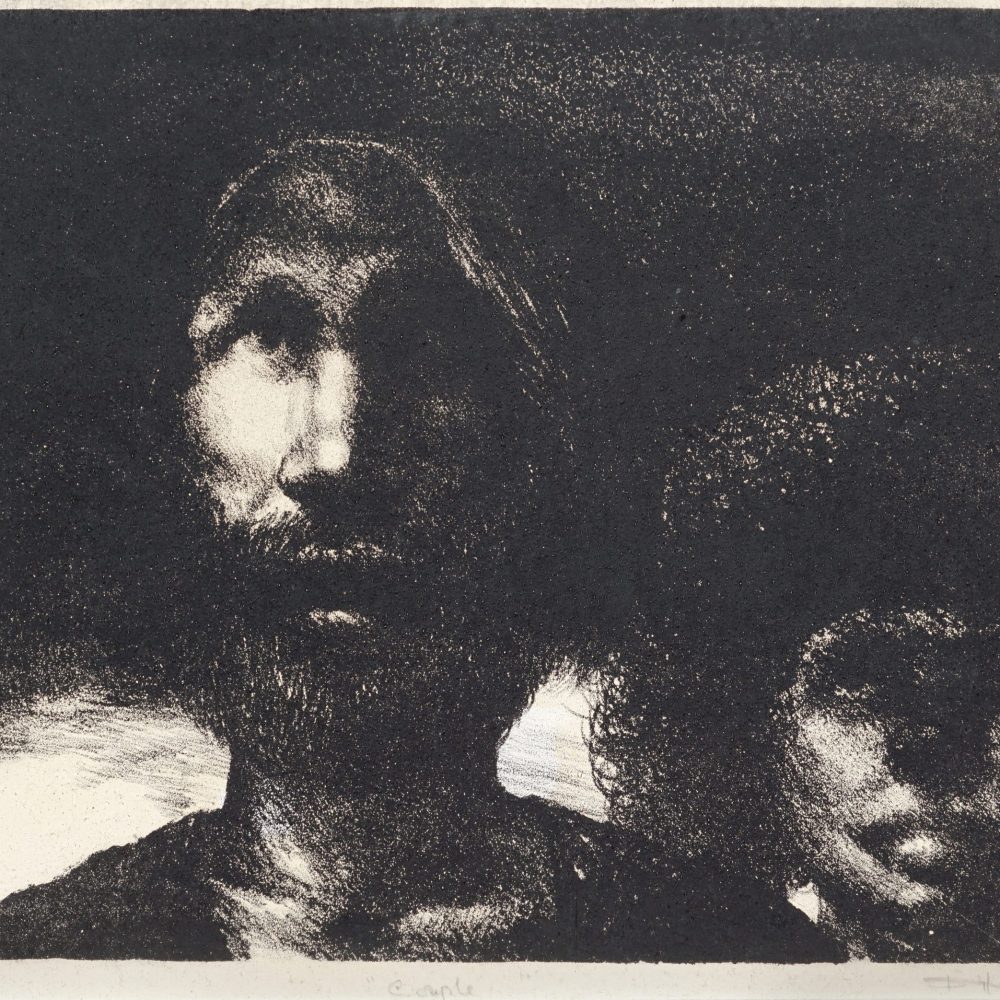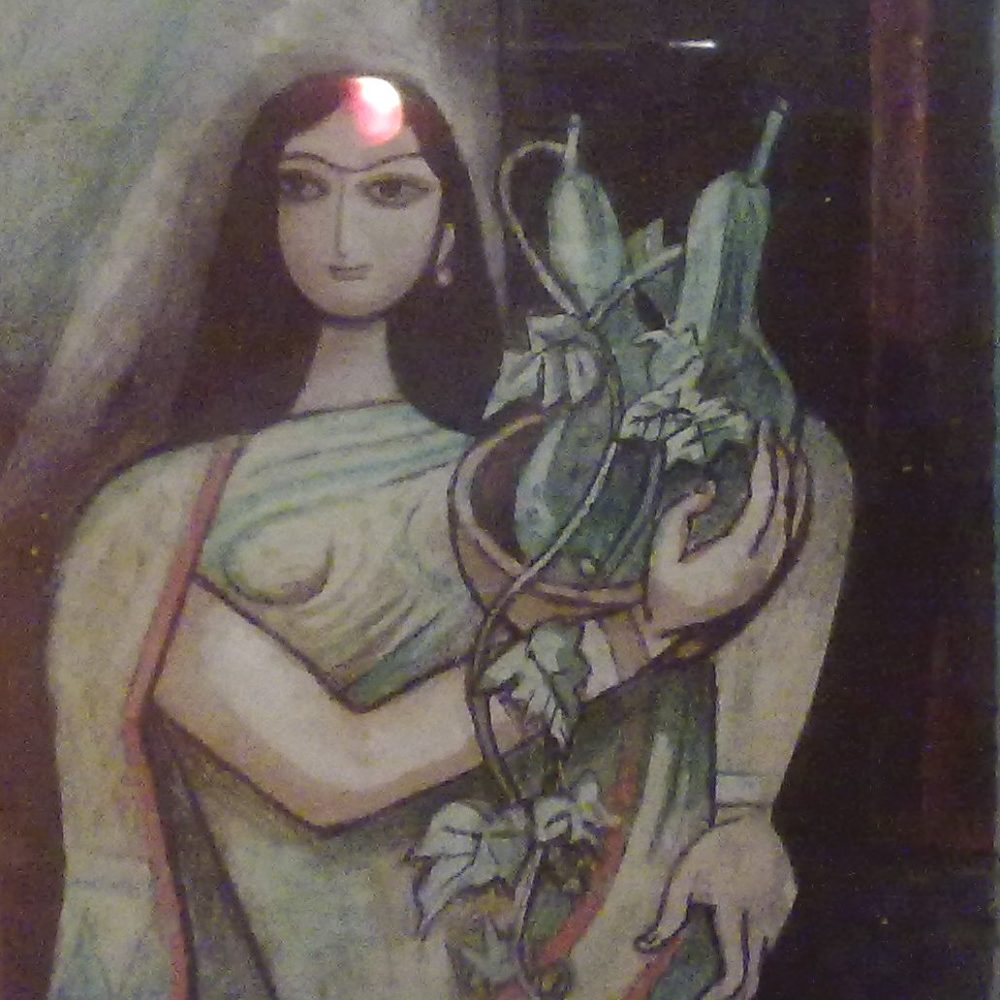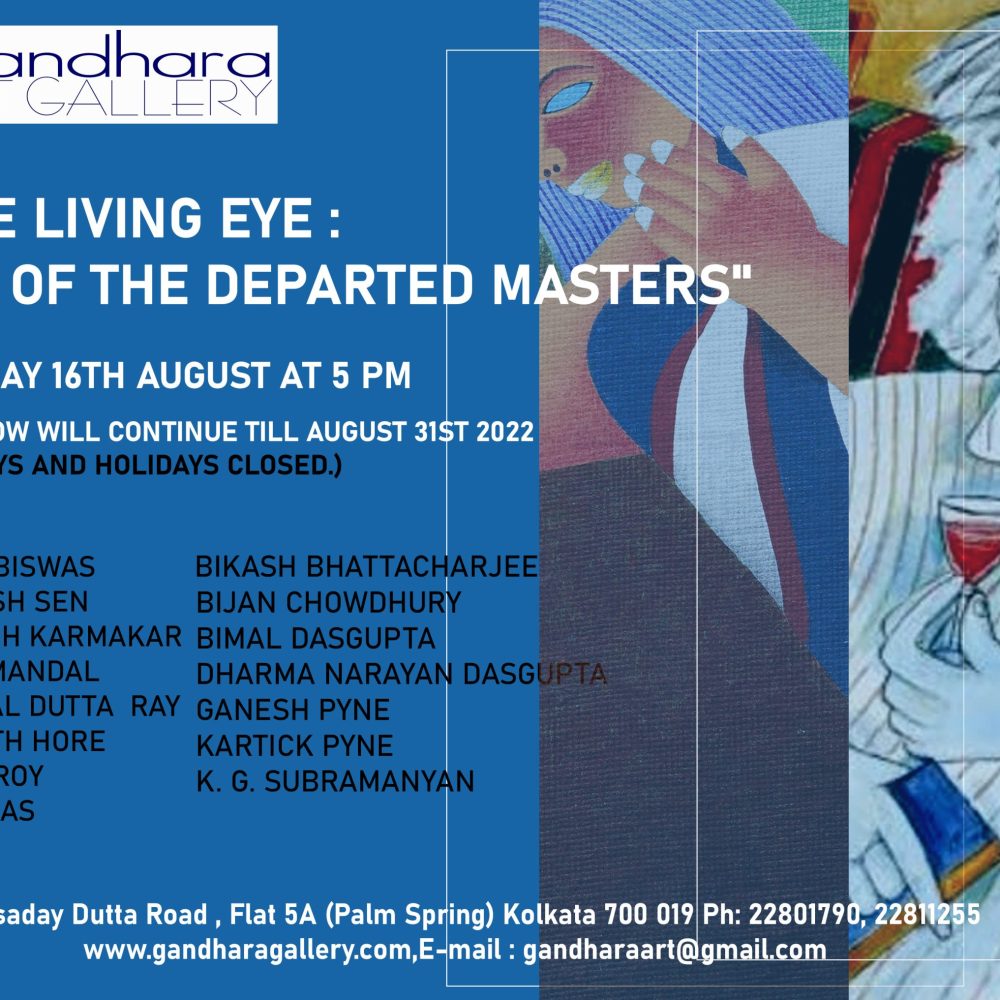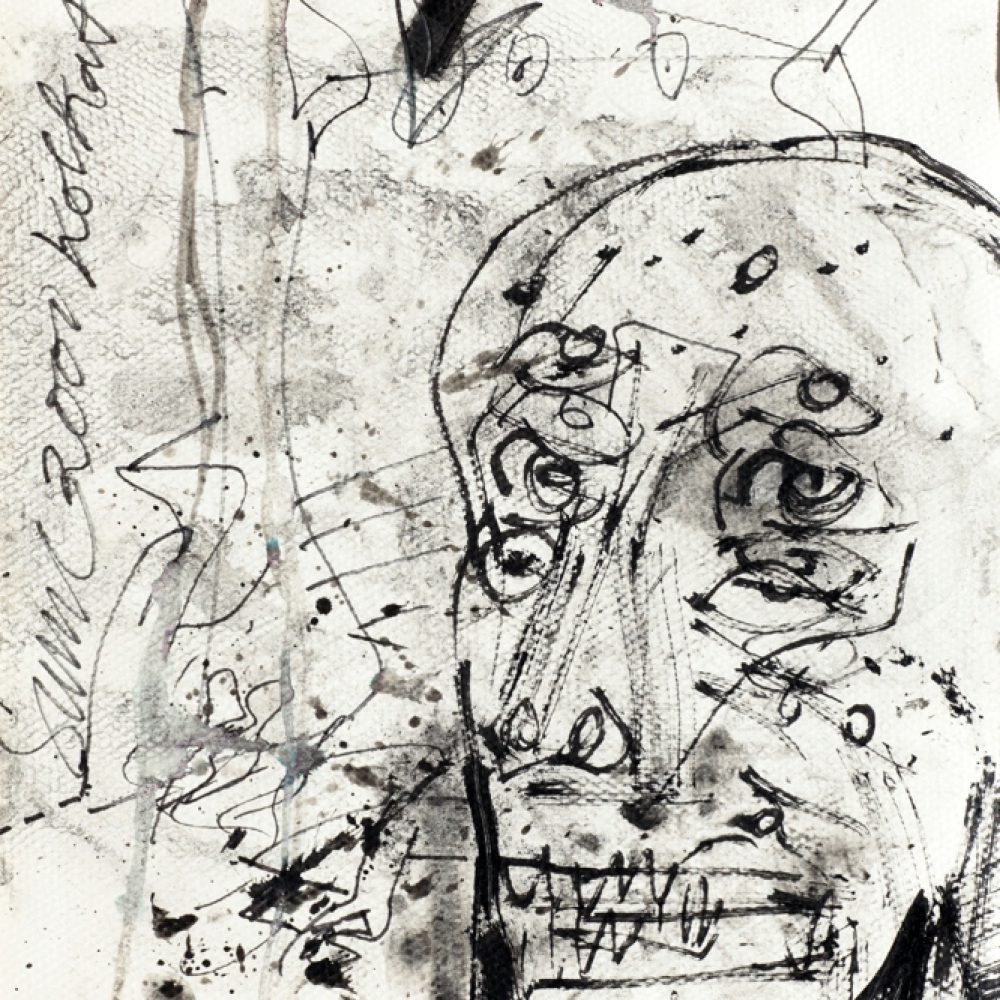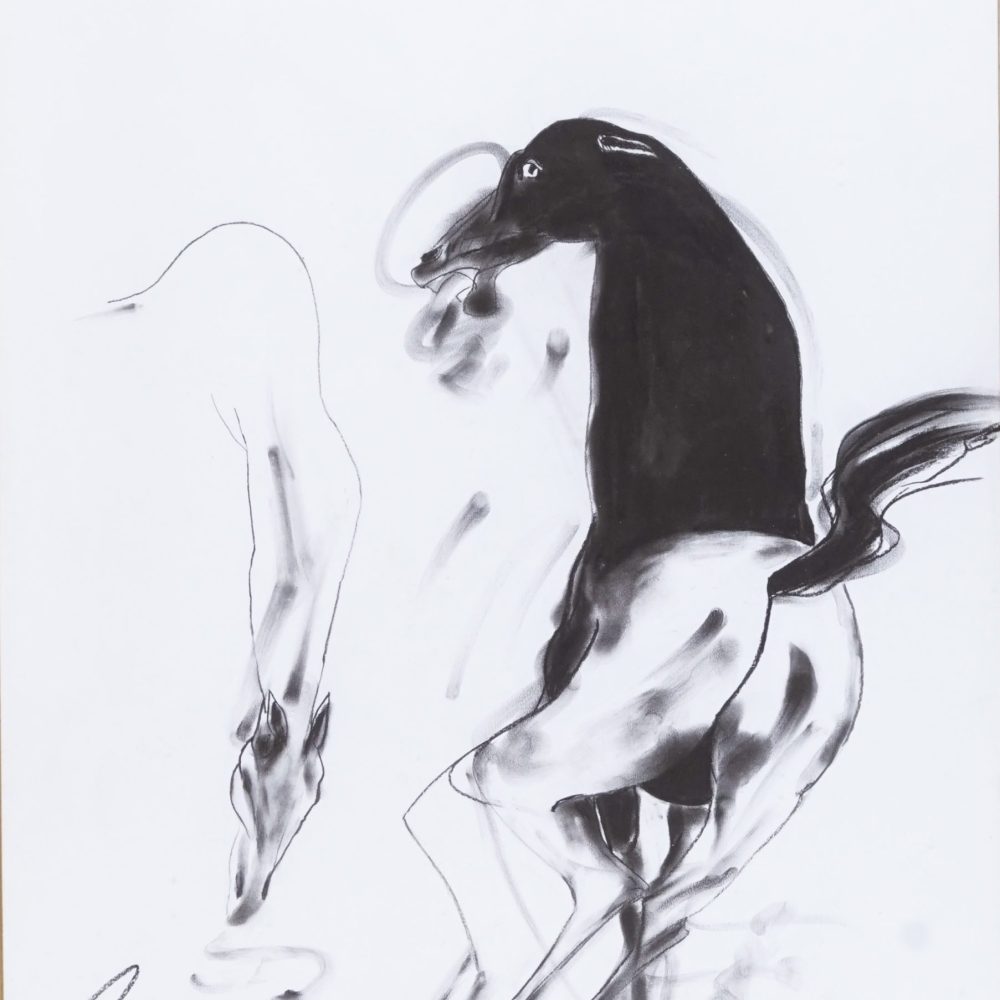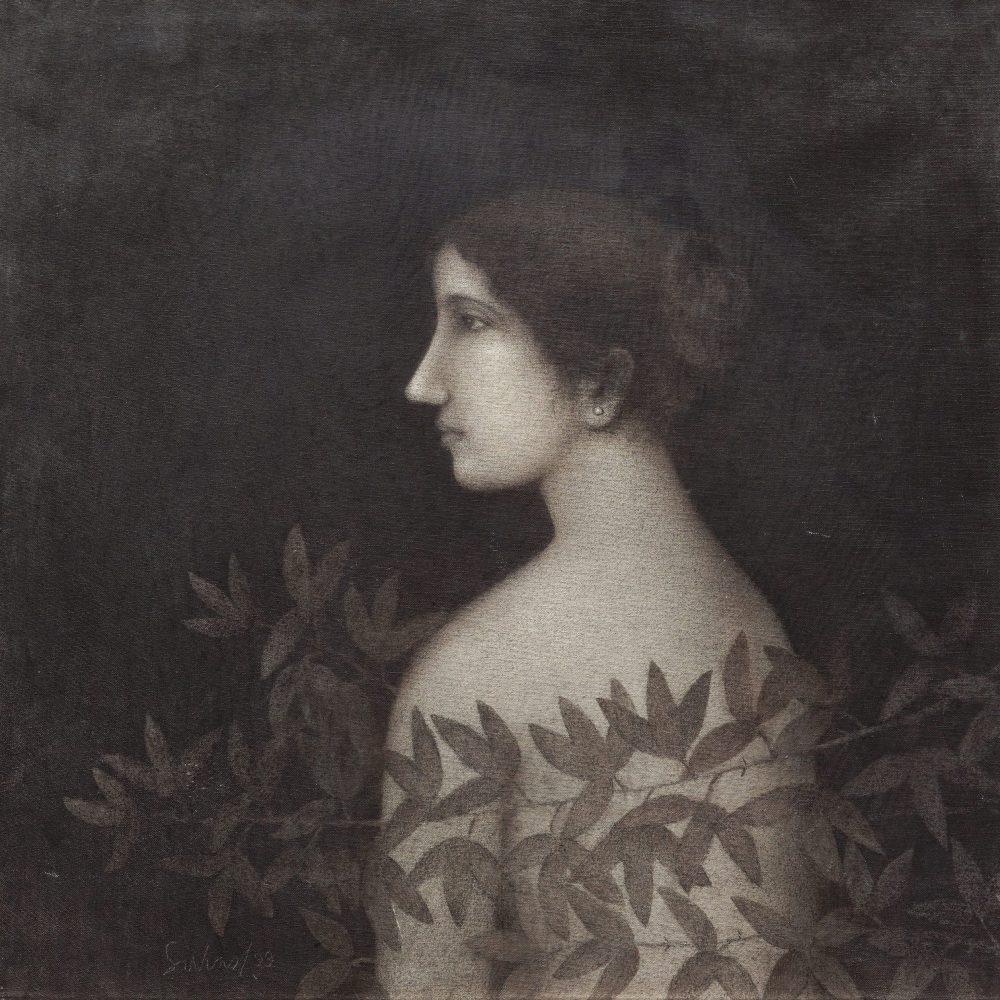THE LIVING EYE ART OF THE DEPARTED MASTERS
The past permeates our present in silent and sinuous ways. A collective cultural memory underpins the manners in which art is created and appreciated, and each creative moment holds within itself a million interfaces between memory, history, and the presentness of experience. There is both collusion and collision thus, with the works of our departed masters, and the aesthetic translations of experience they arrived at; the many-layered presence of time and timelessness in their works recalibrate our negotiations with our transformed present which celebrates the fast, the fleeting, and the transitory. It is probably time to connect anew with the slow times. Enduring times.
Most of the artists are from the sixties- those turbulent years of ecstasy and regret- and they carried deep within images of those times when a young nation was still trying to define itself, and a partitioned state was striving to come to terms with its testament of loss. In many of the works we get to encounter the broken, brittle human, even grotesque at times, in possession of an unwanted inheritance; in certain works there is also the presence of tenderness and a moment of communion, which is not a binary to distress, but an ingrained obverse which interrogates the very possibility of fulfillment. And it is this many-stranded translation of experience that speaks to us today.

